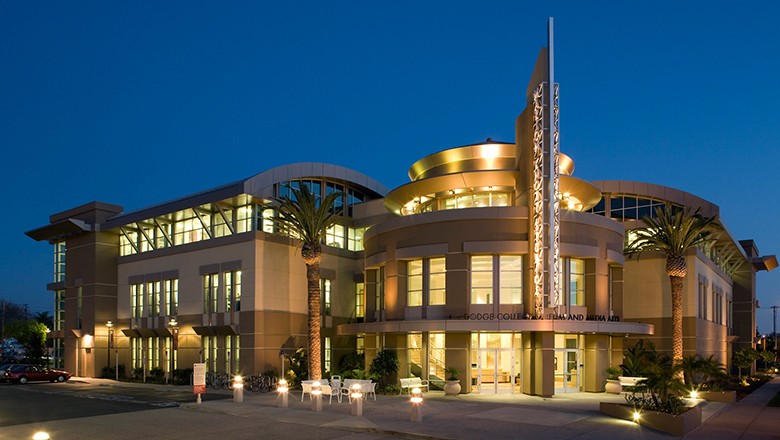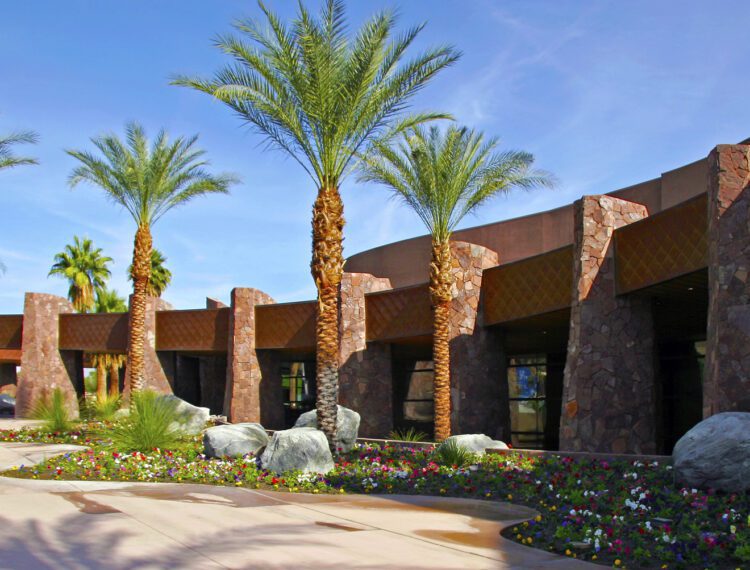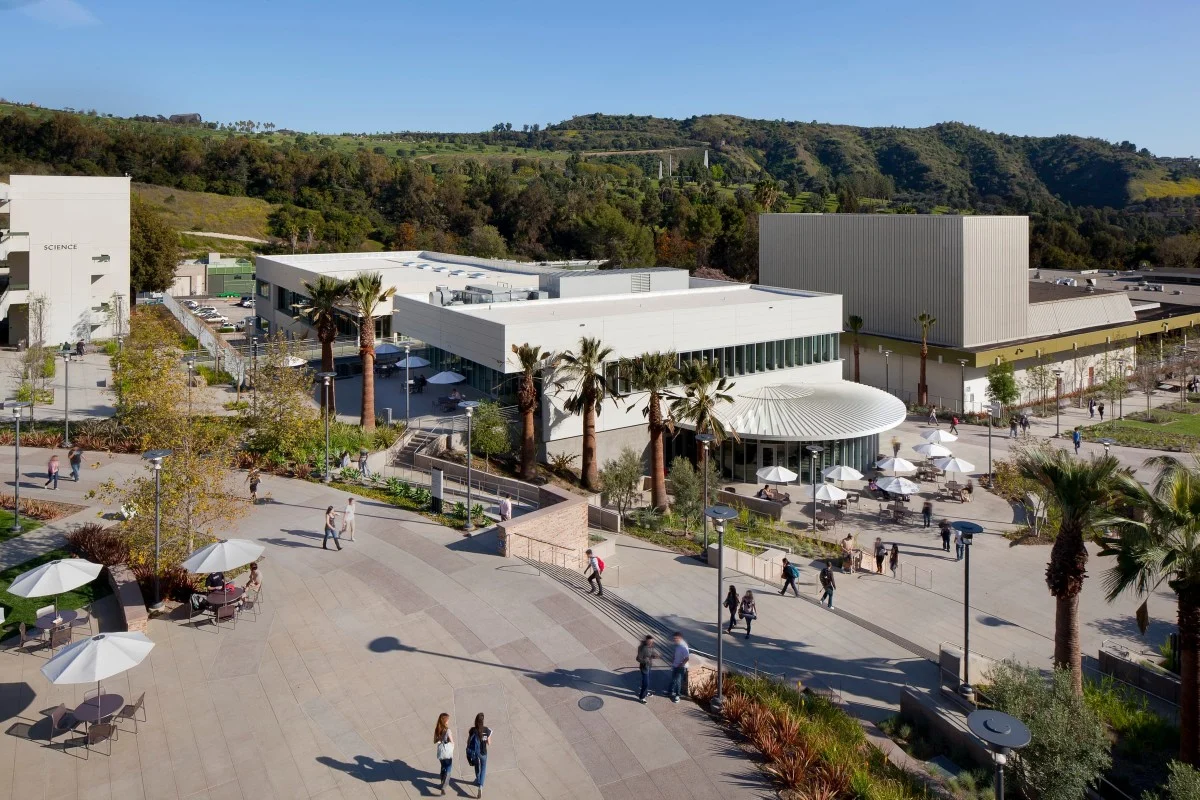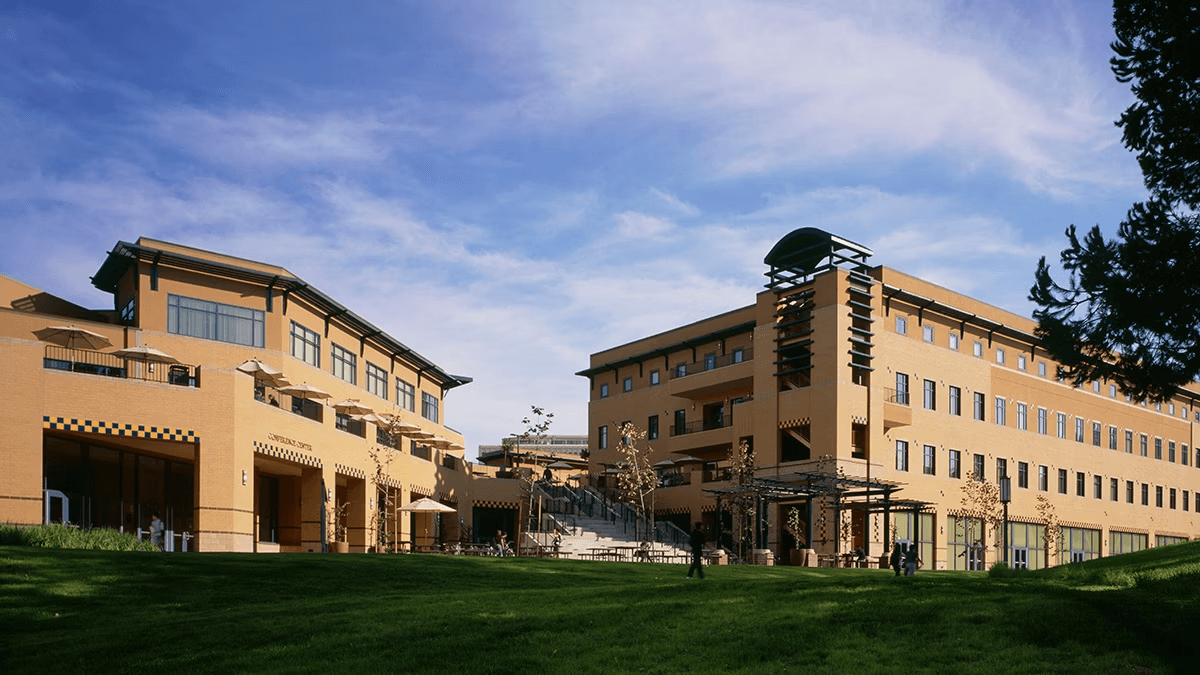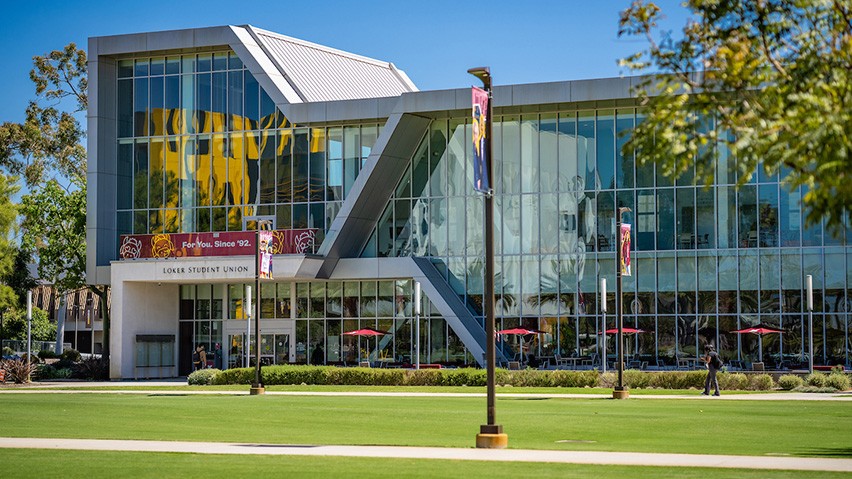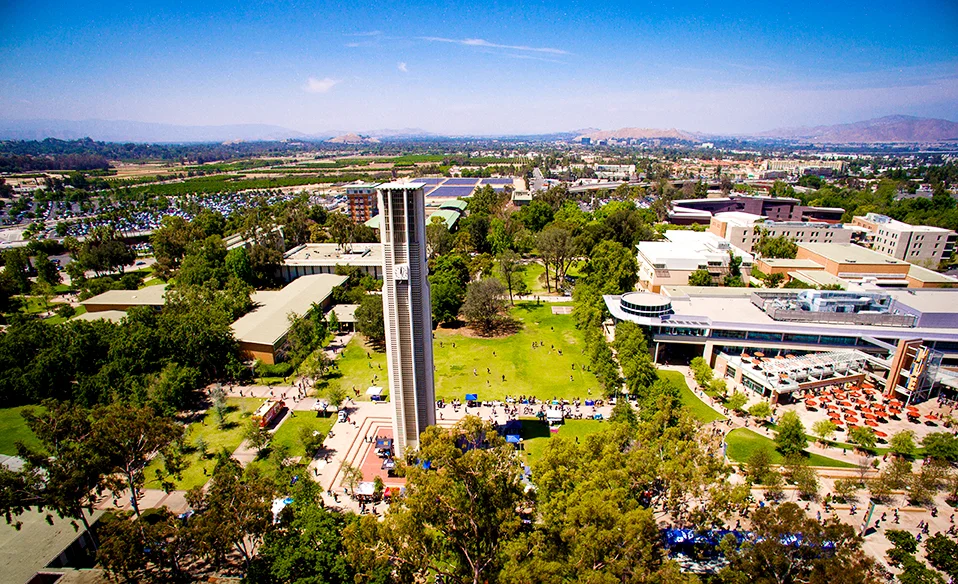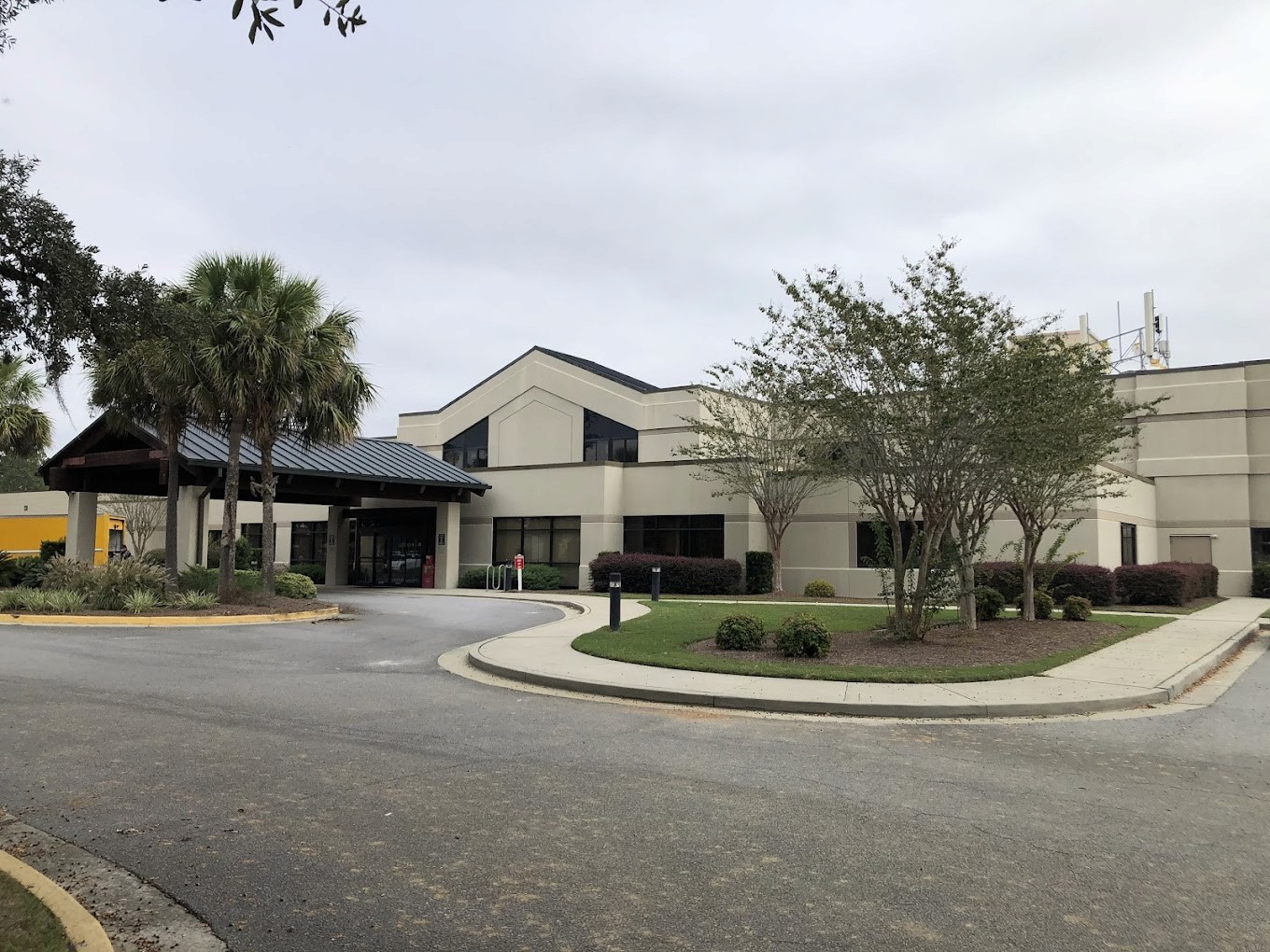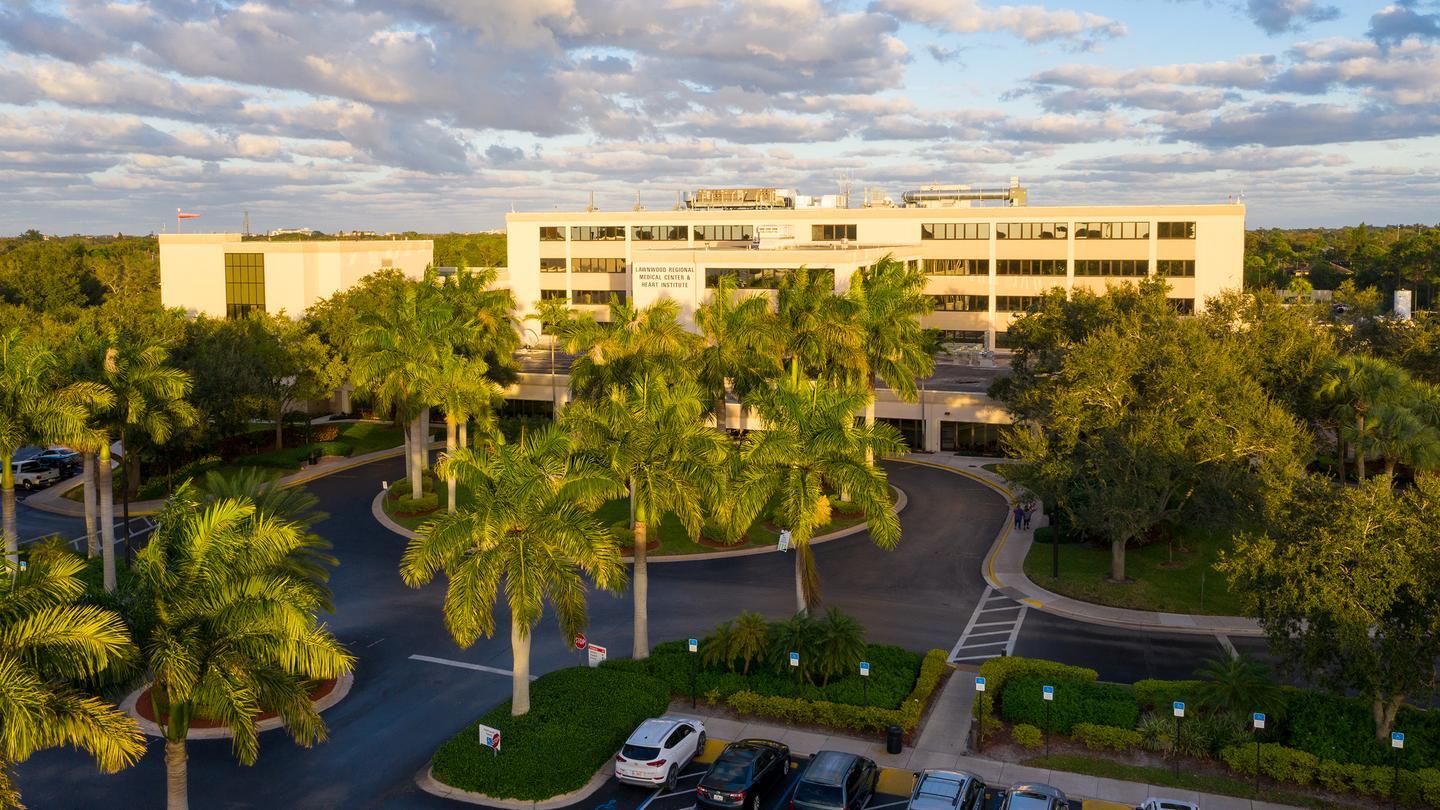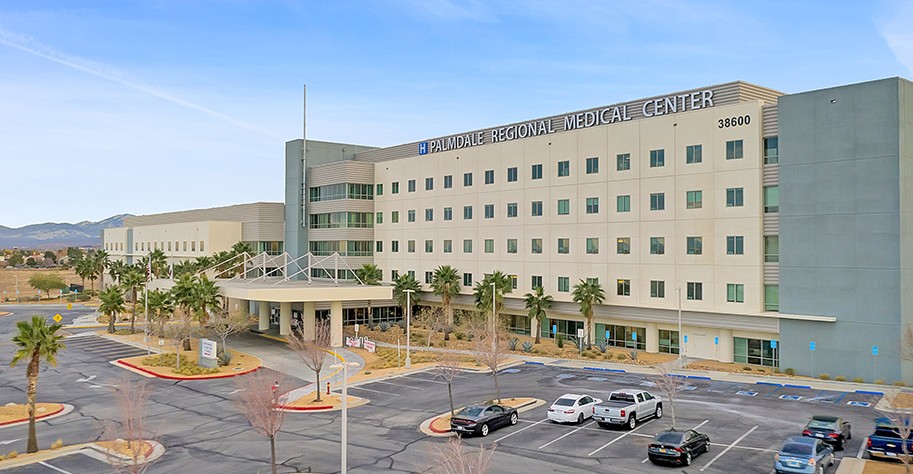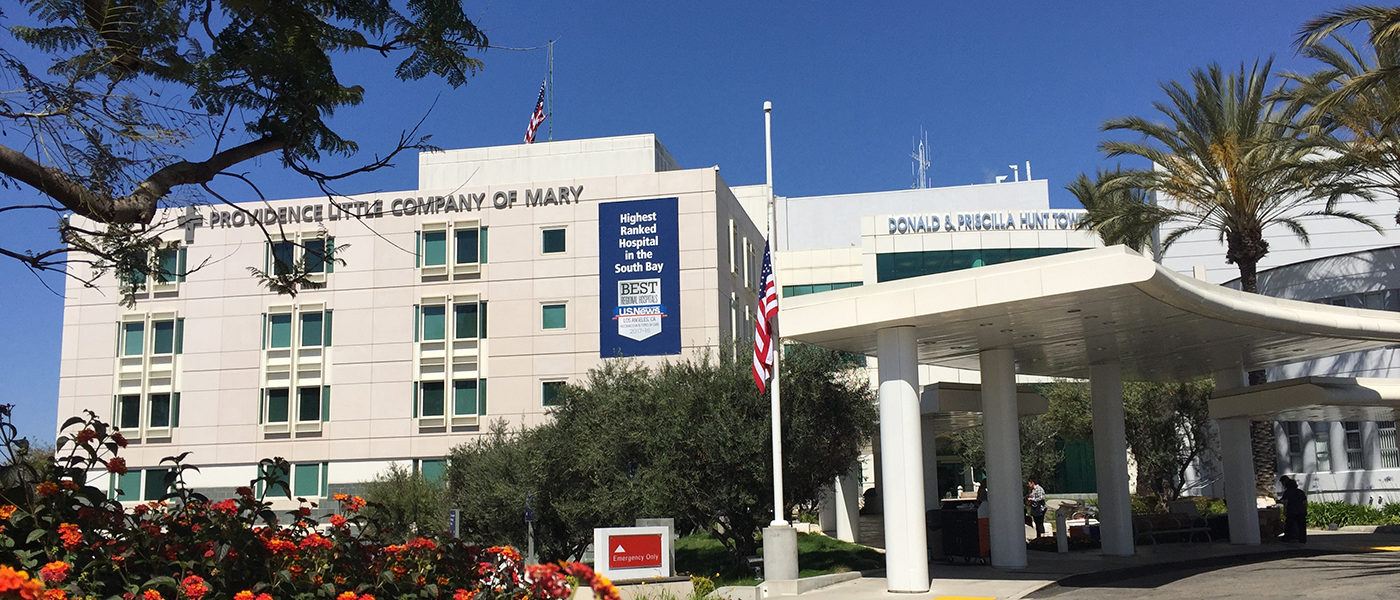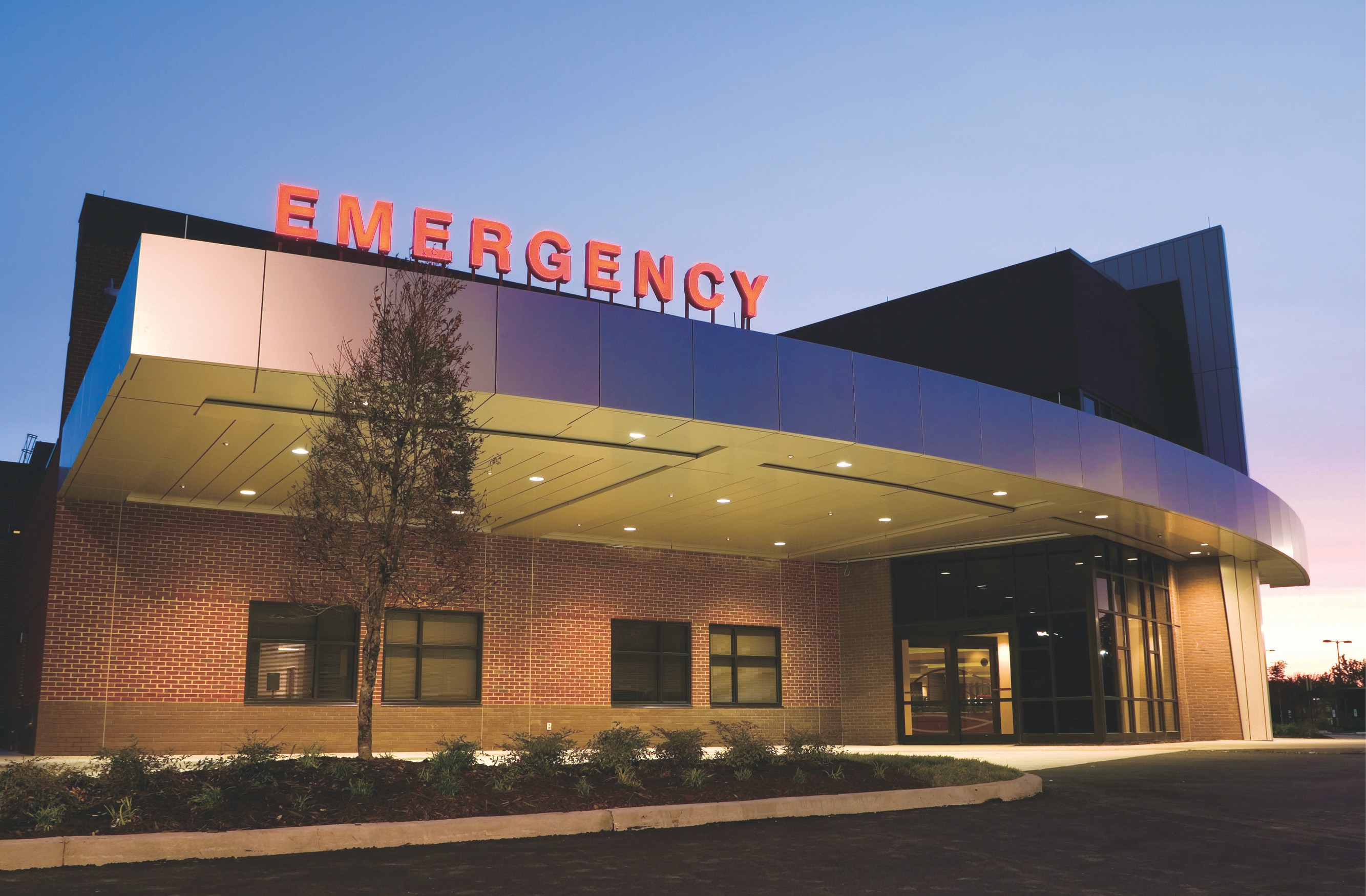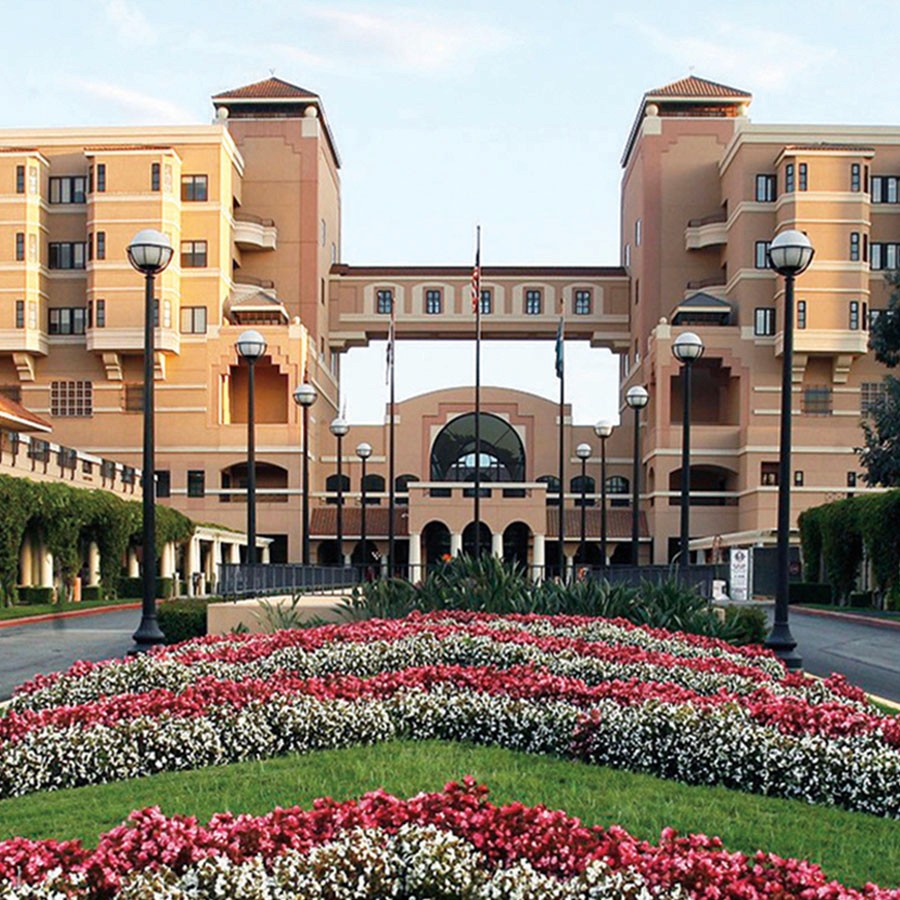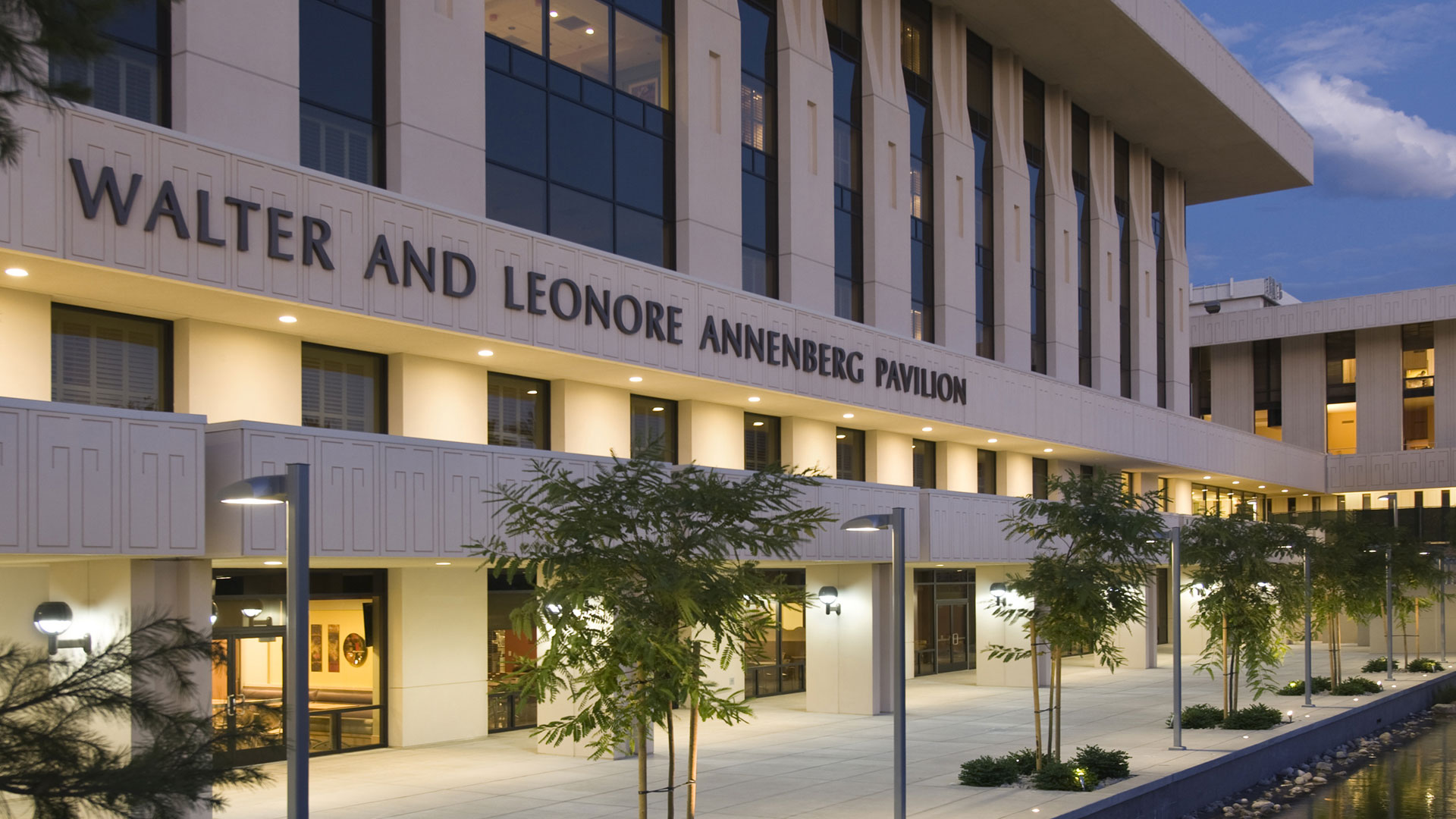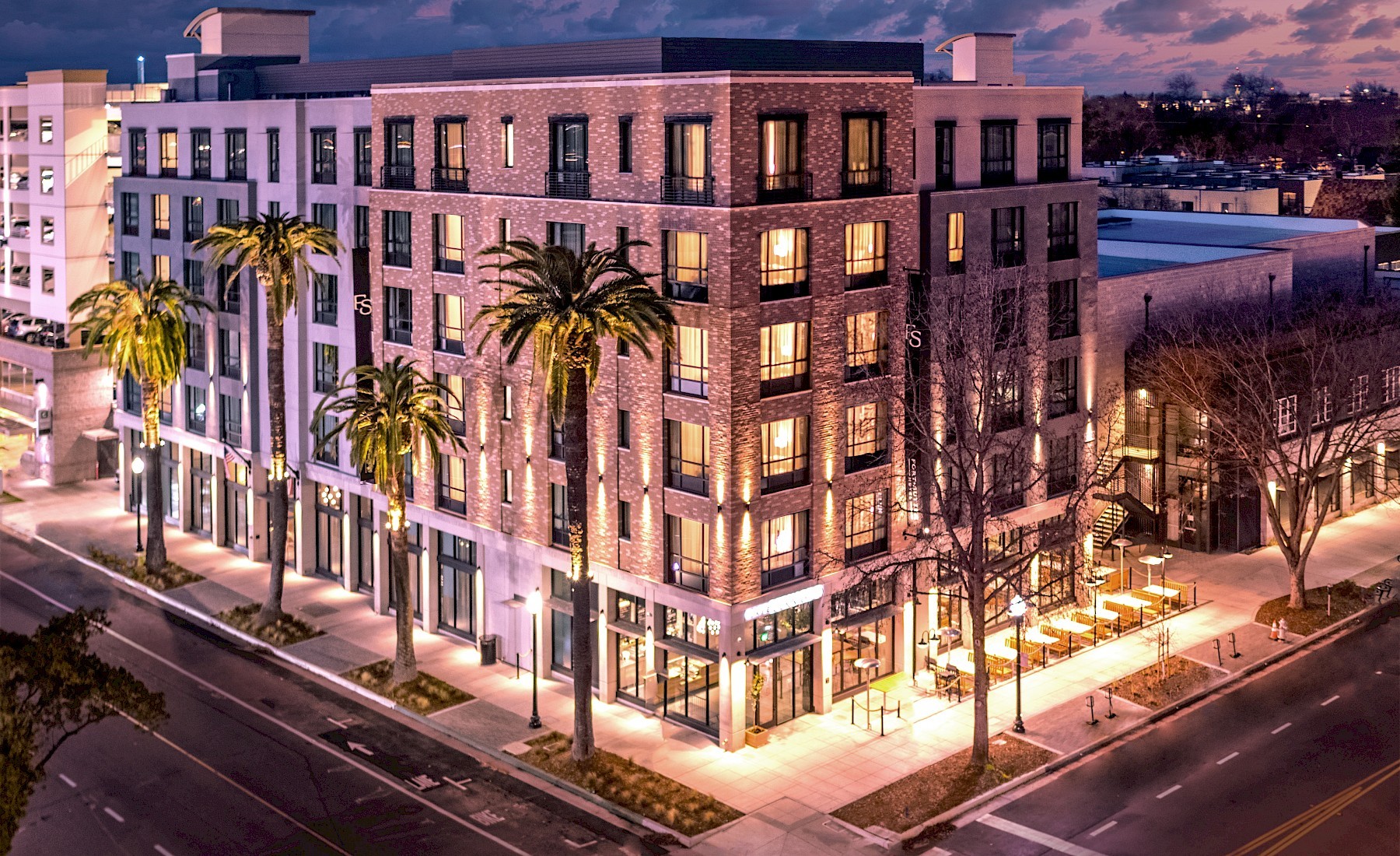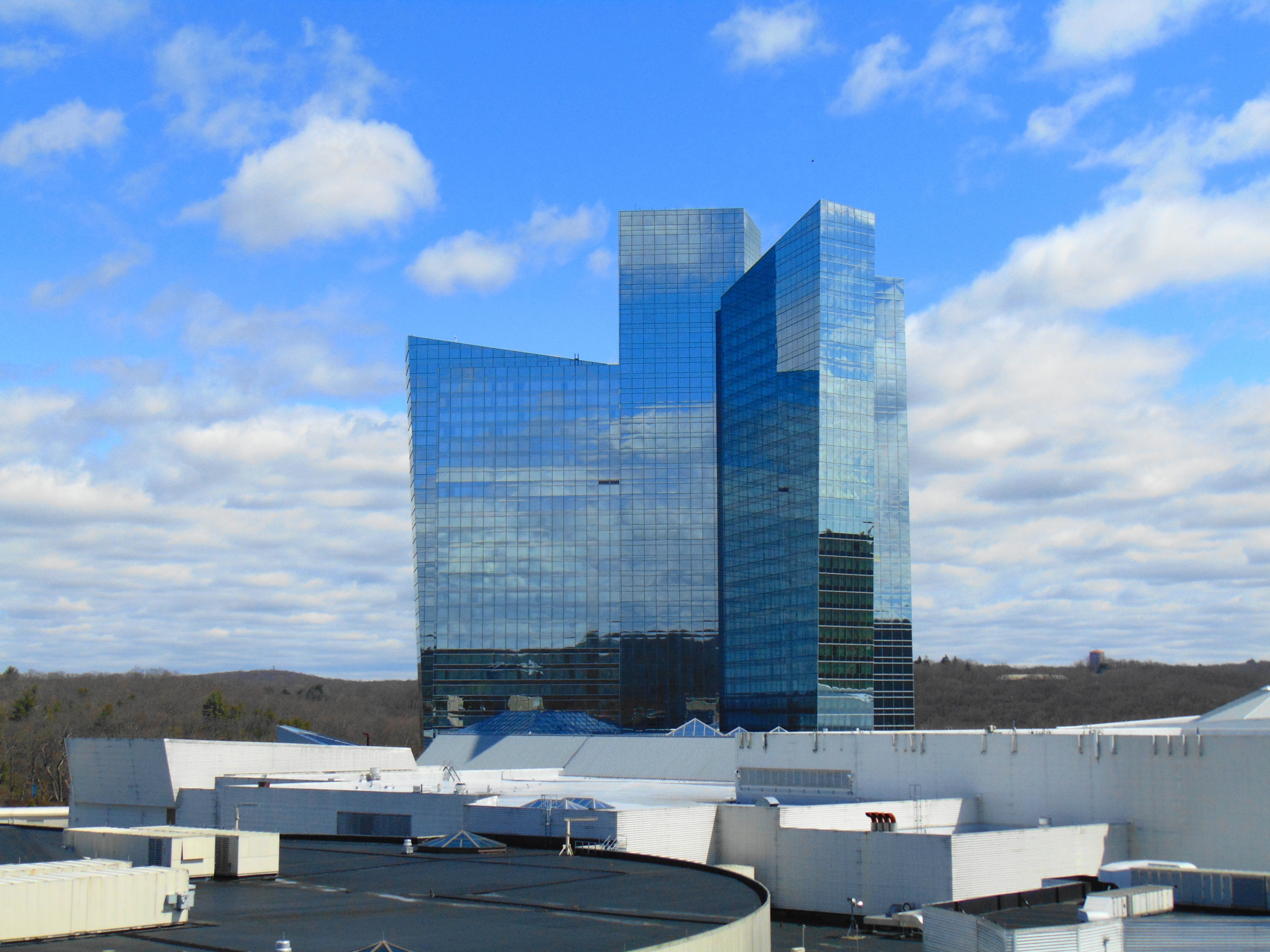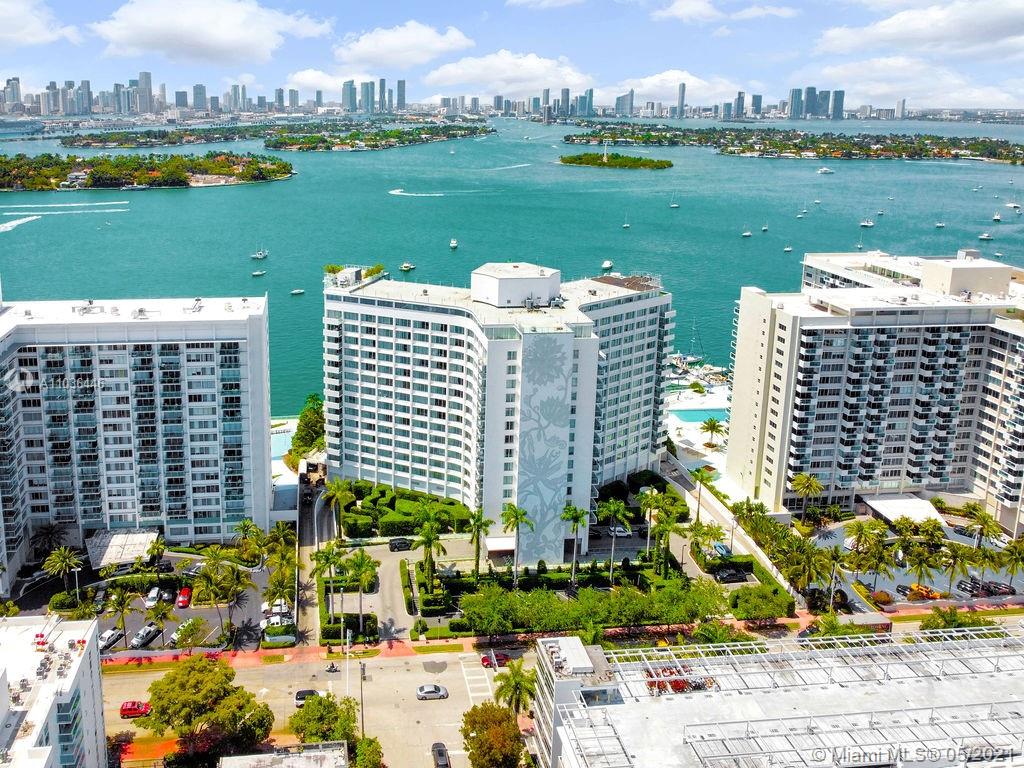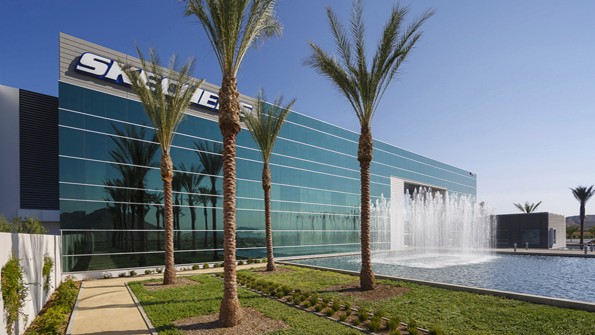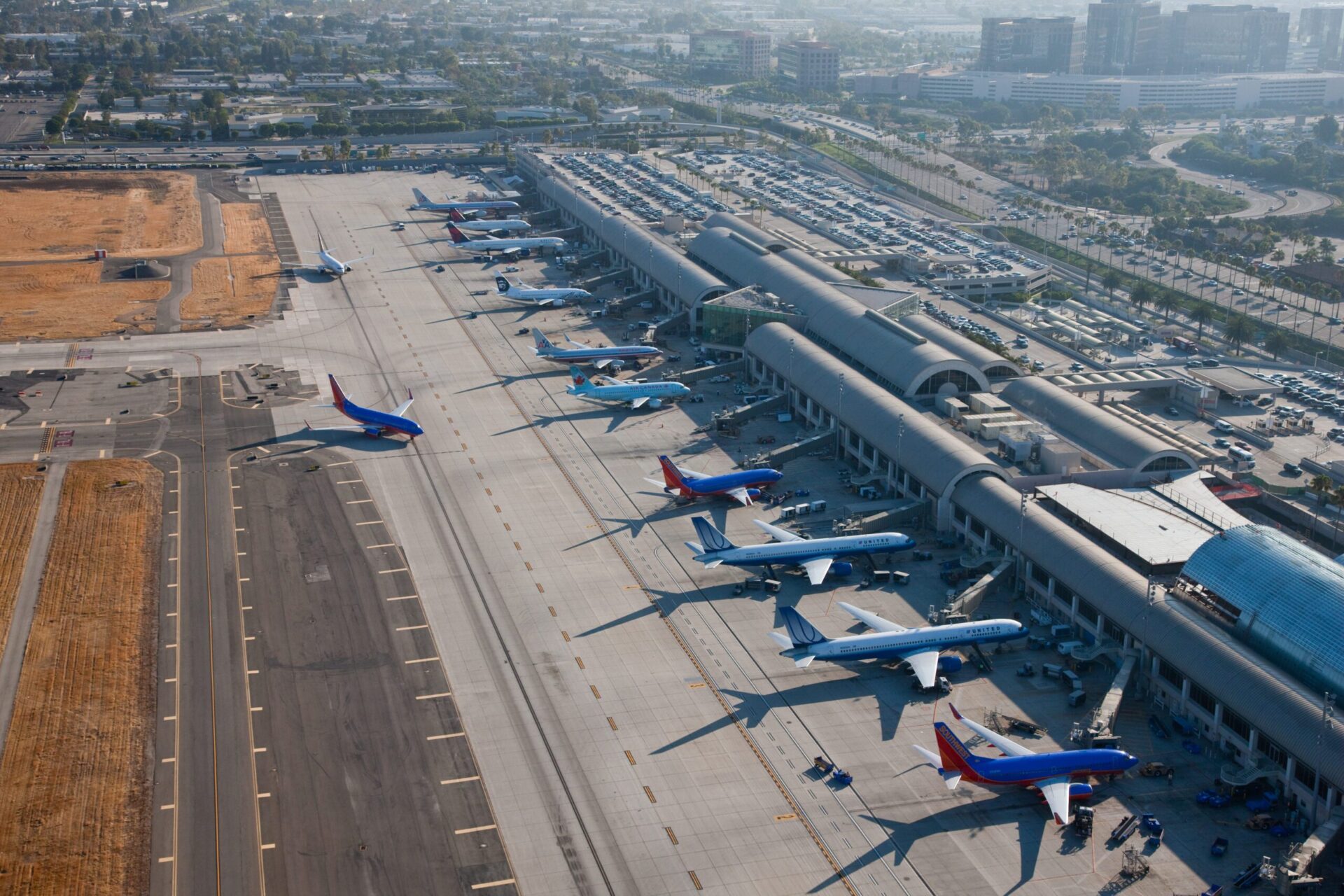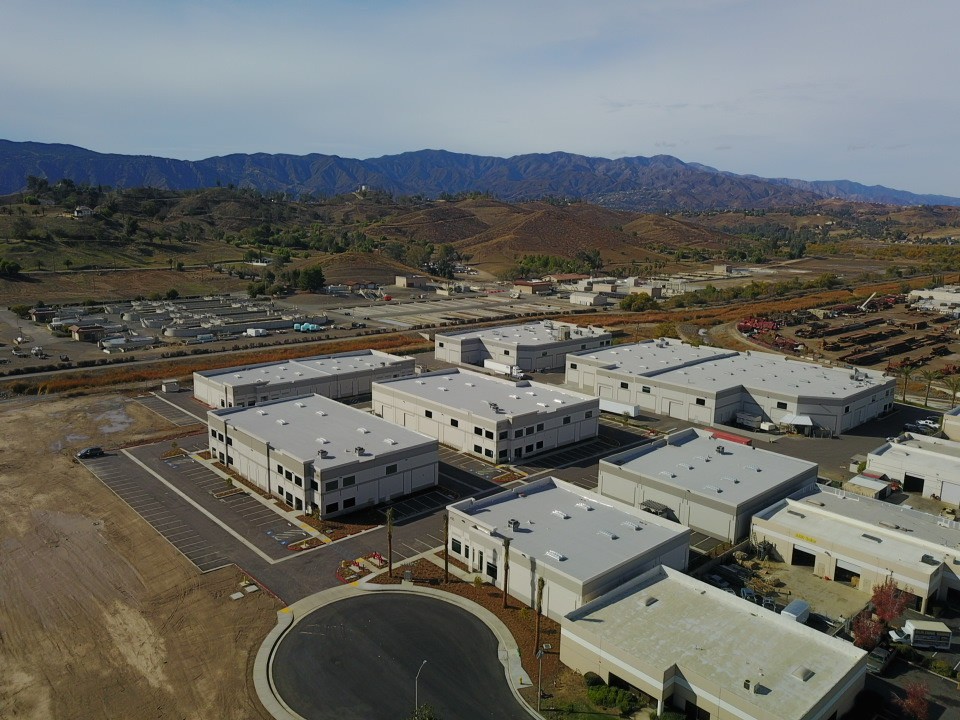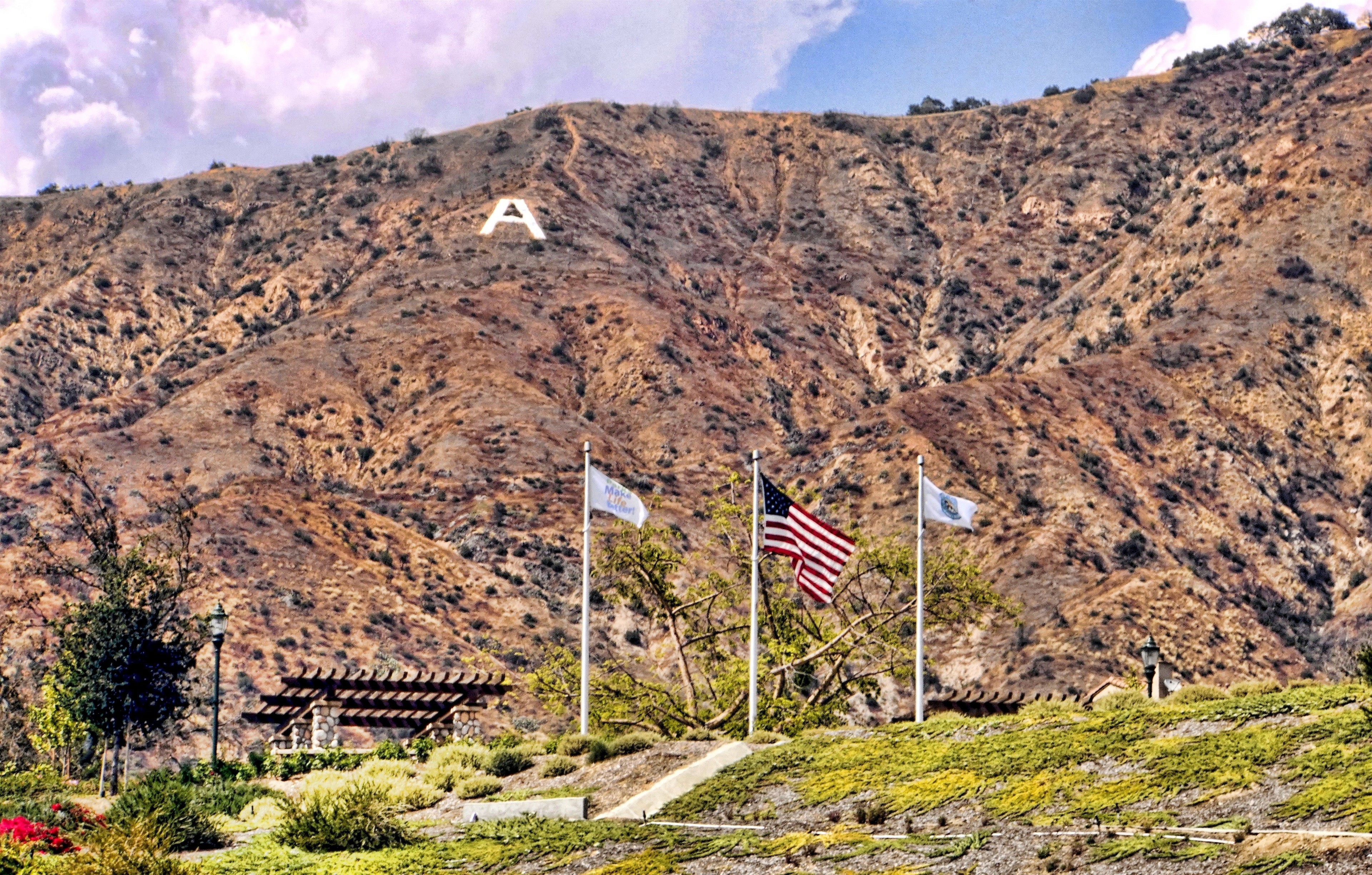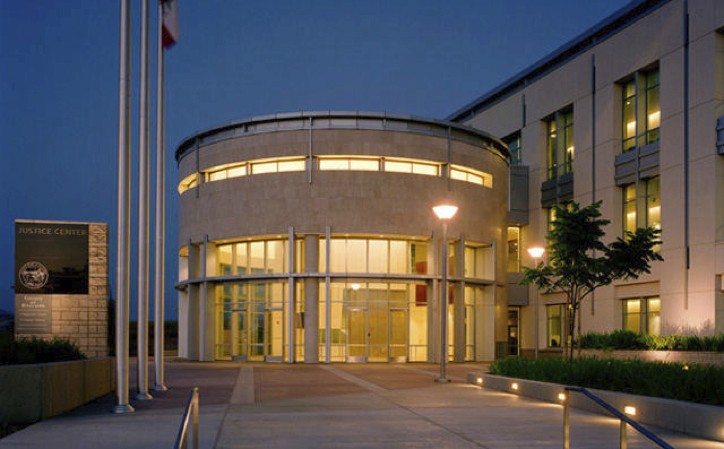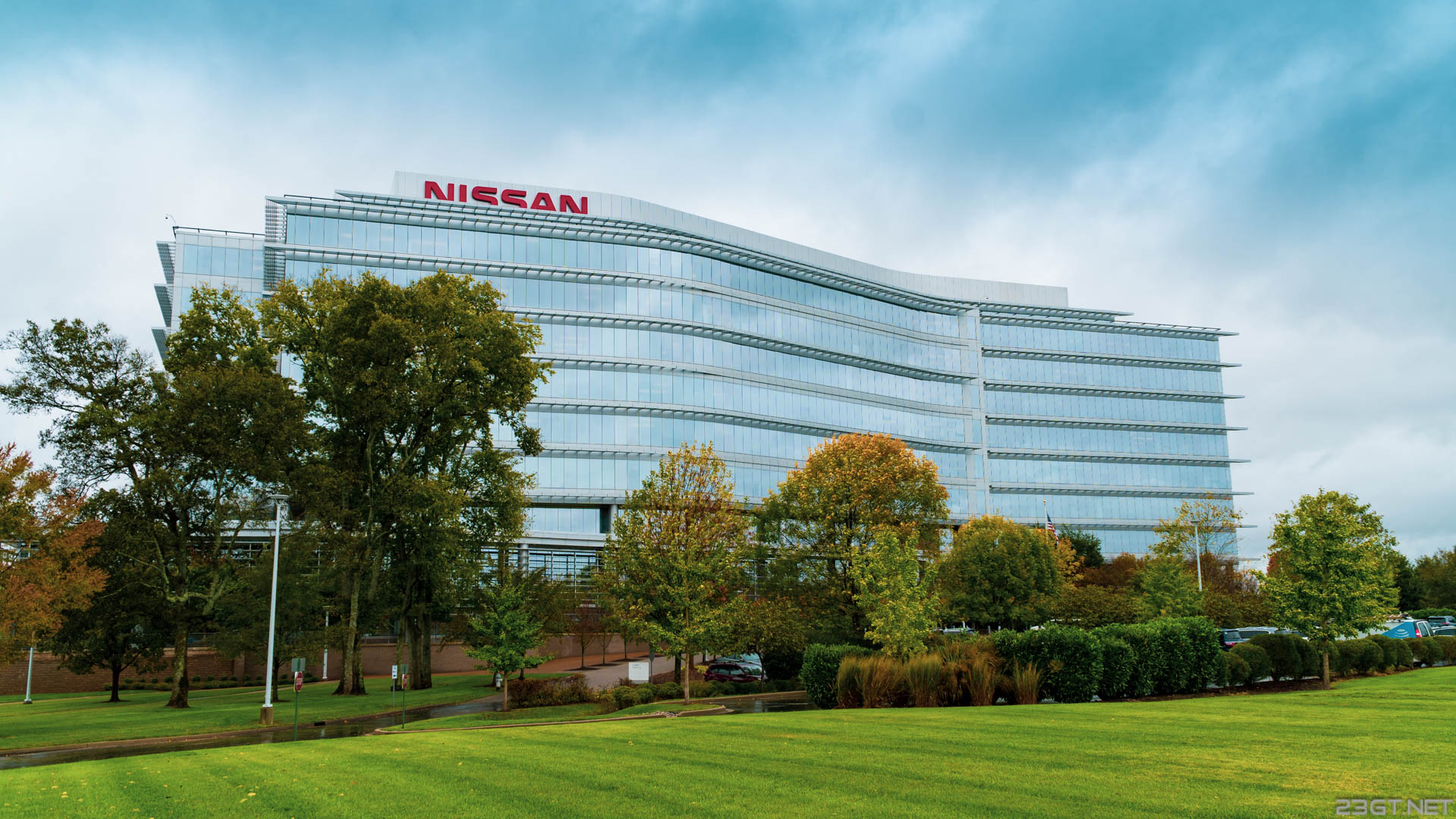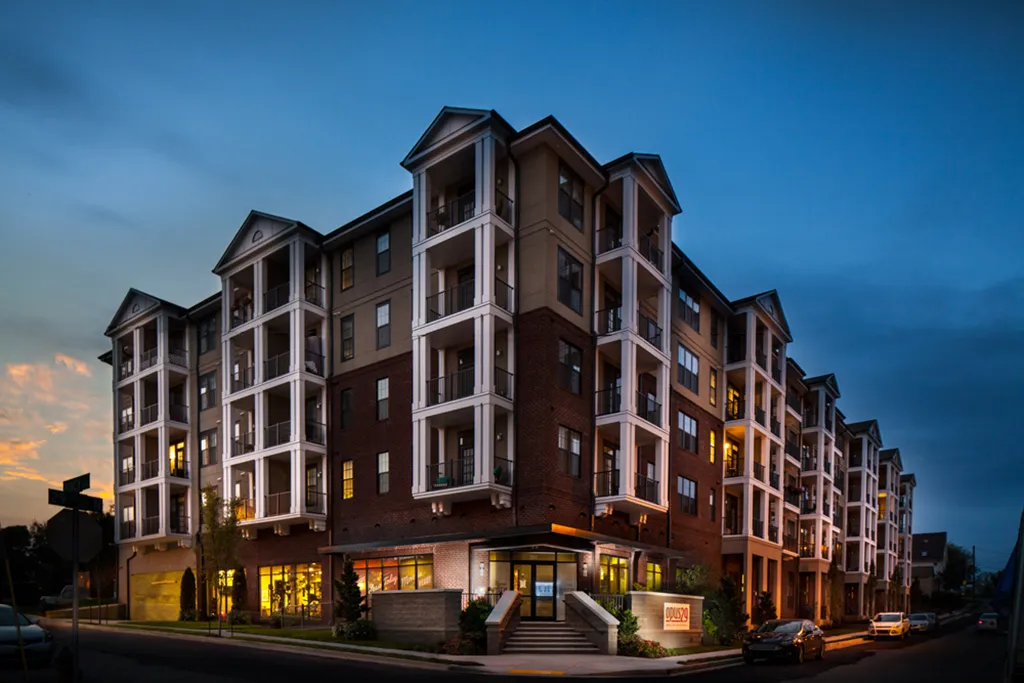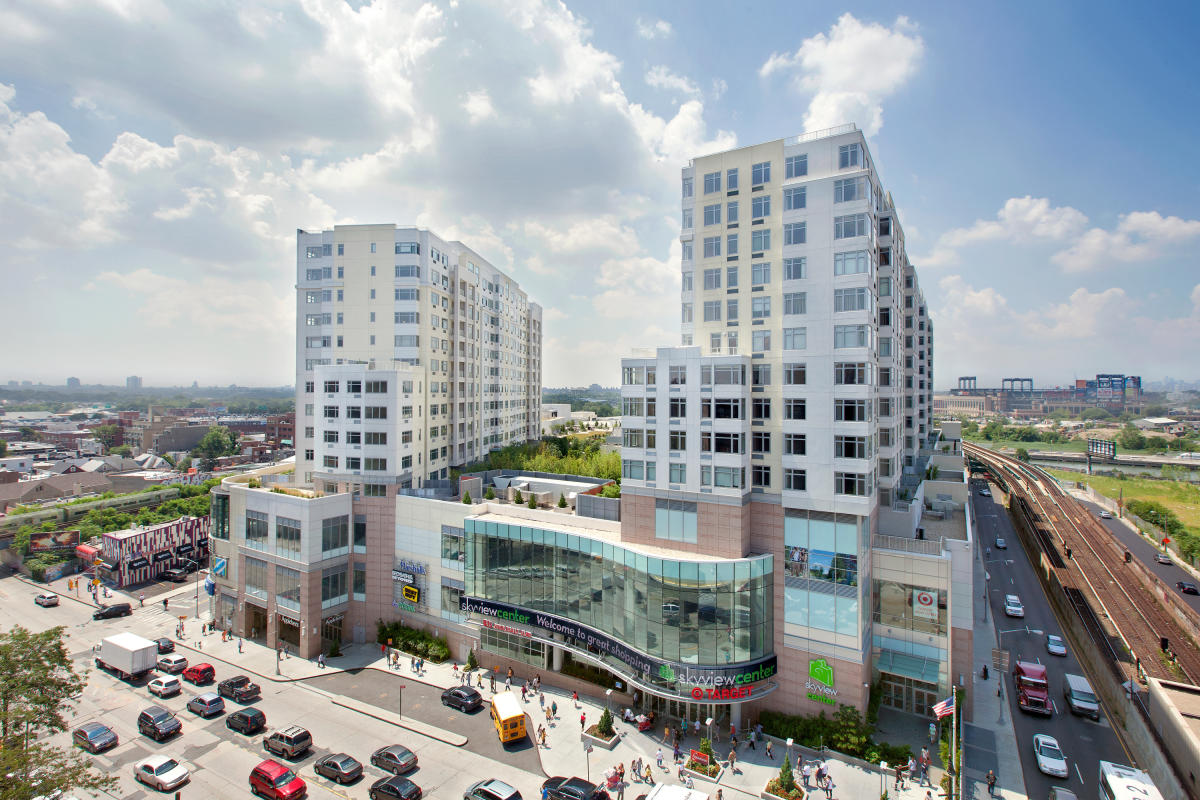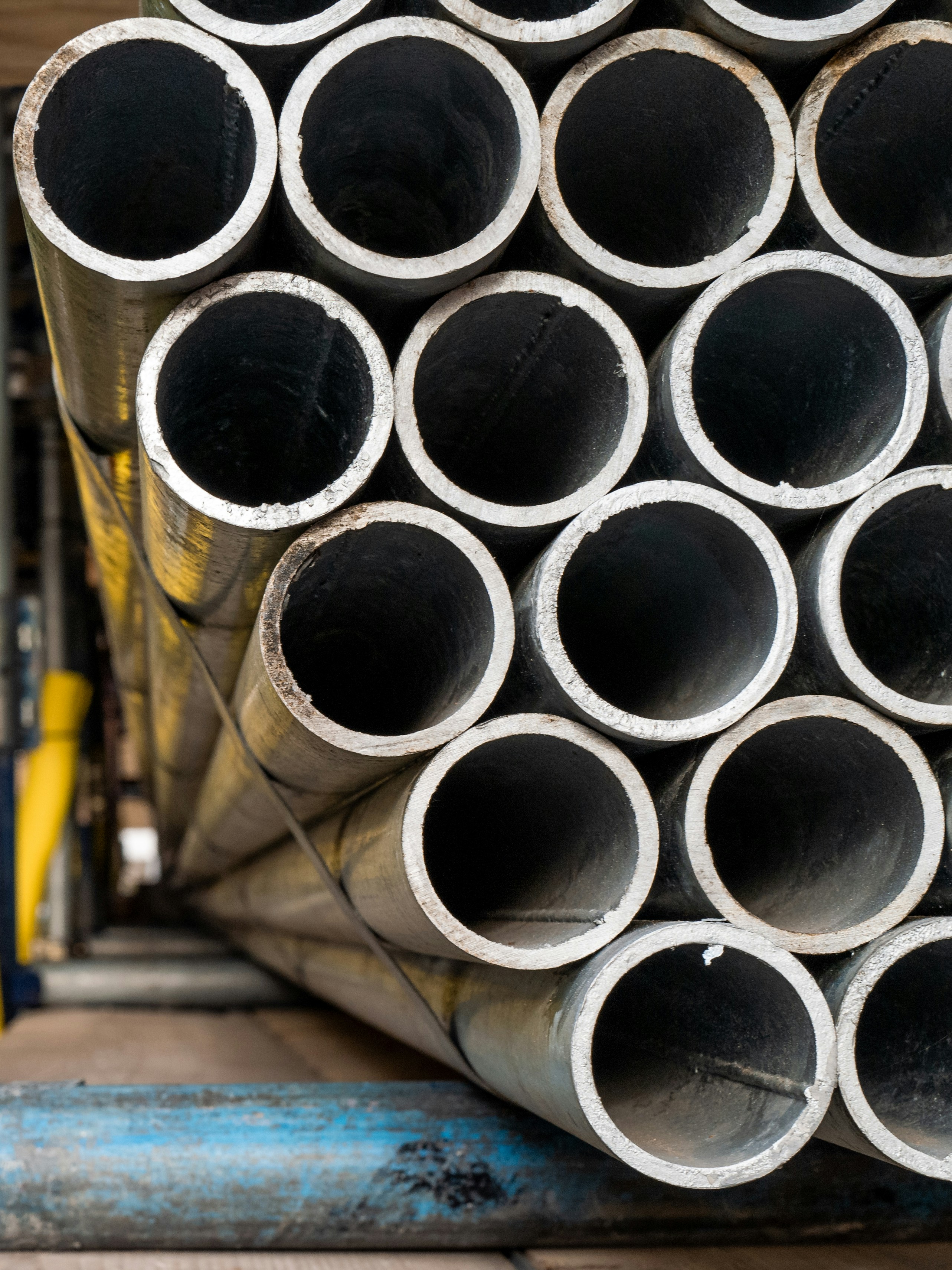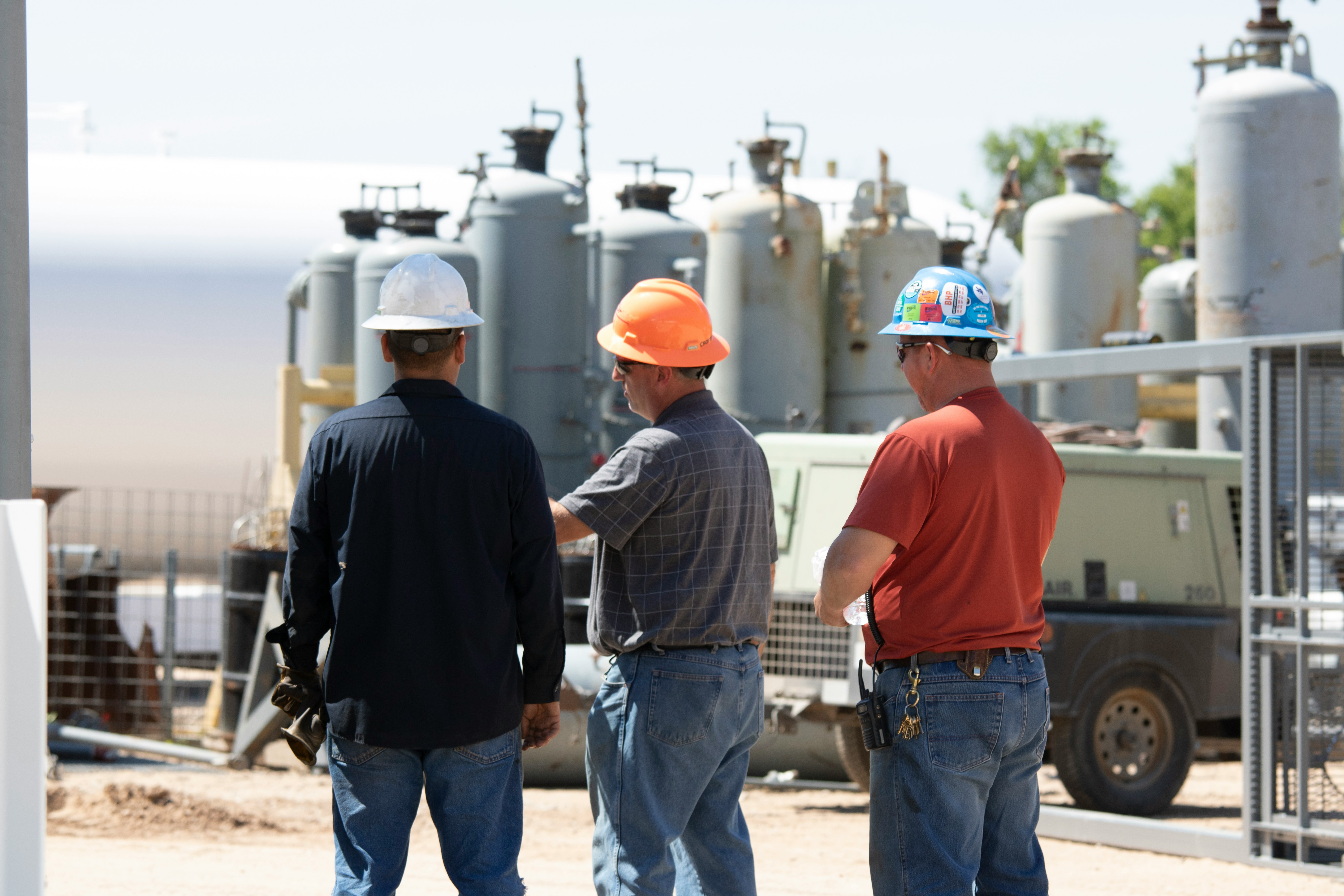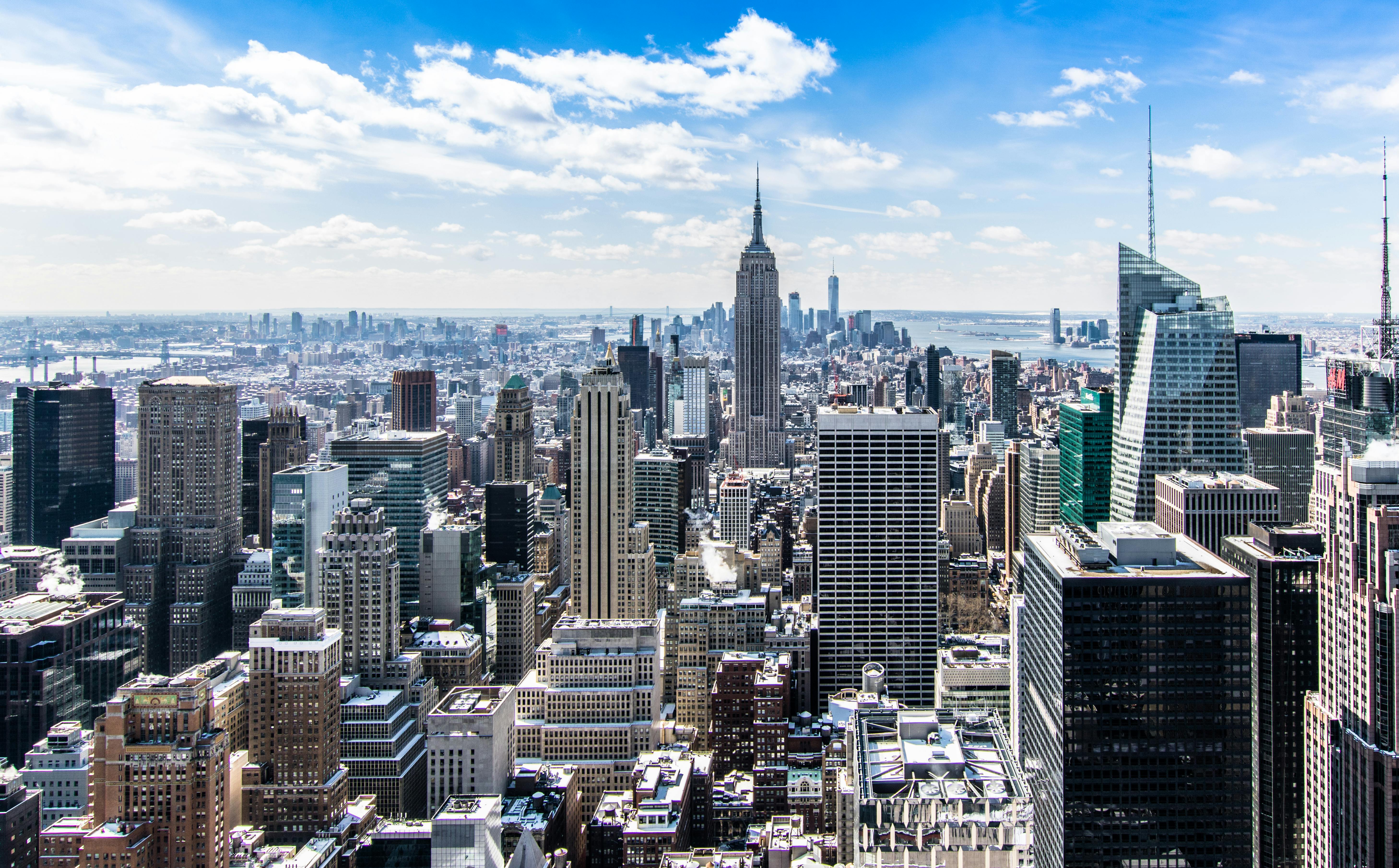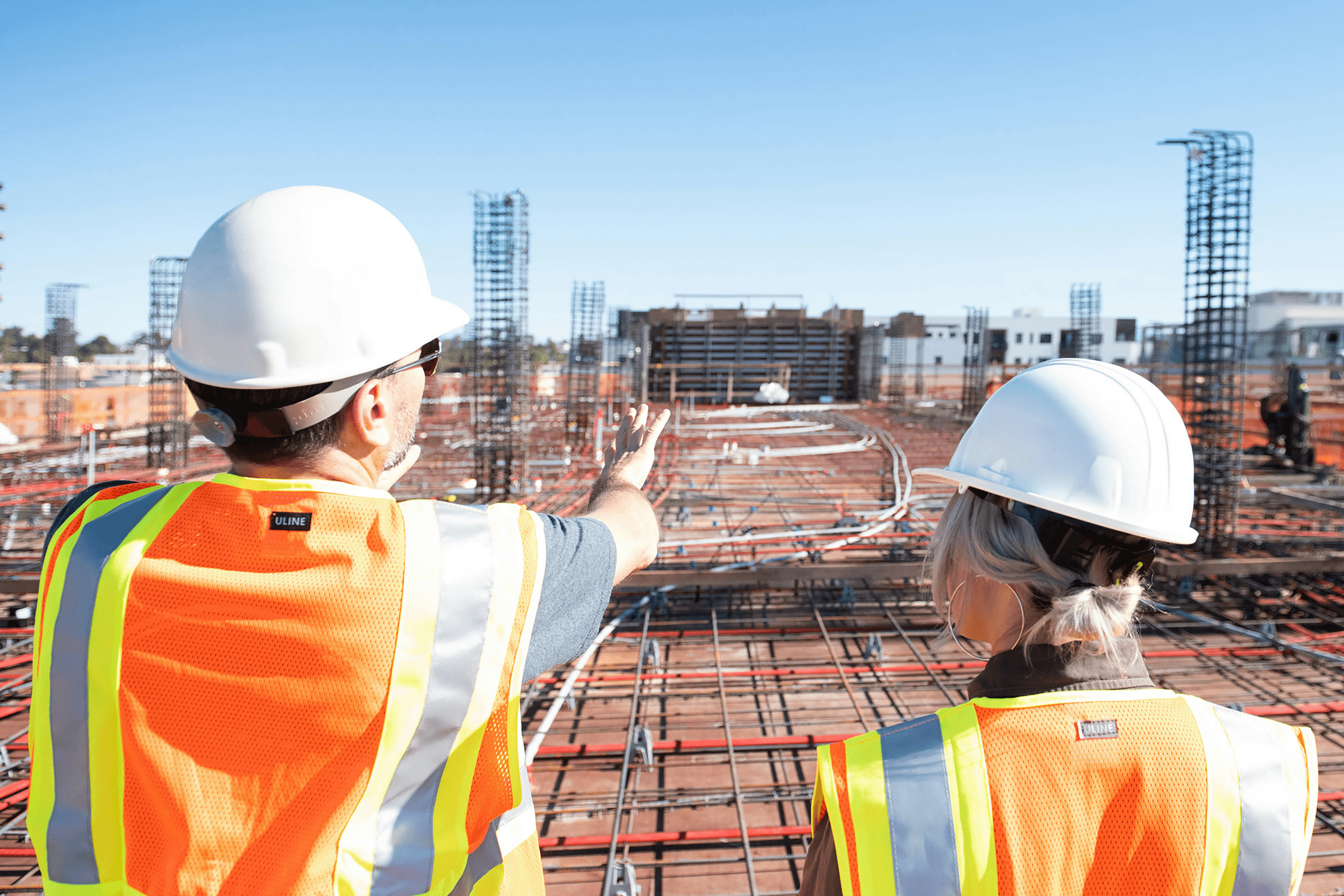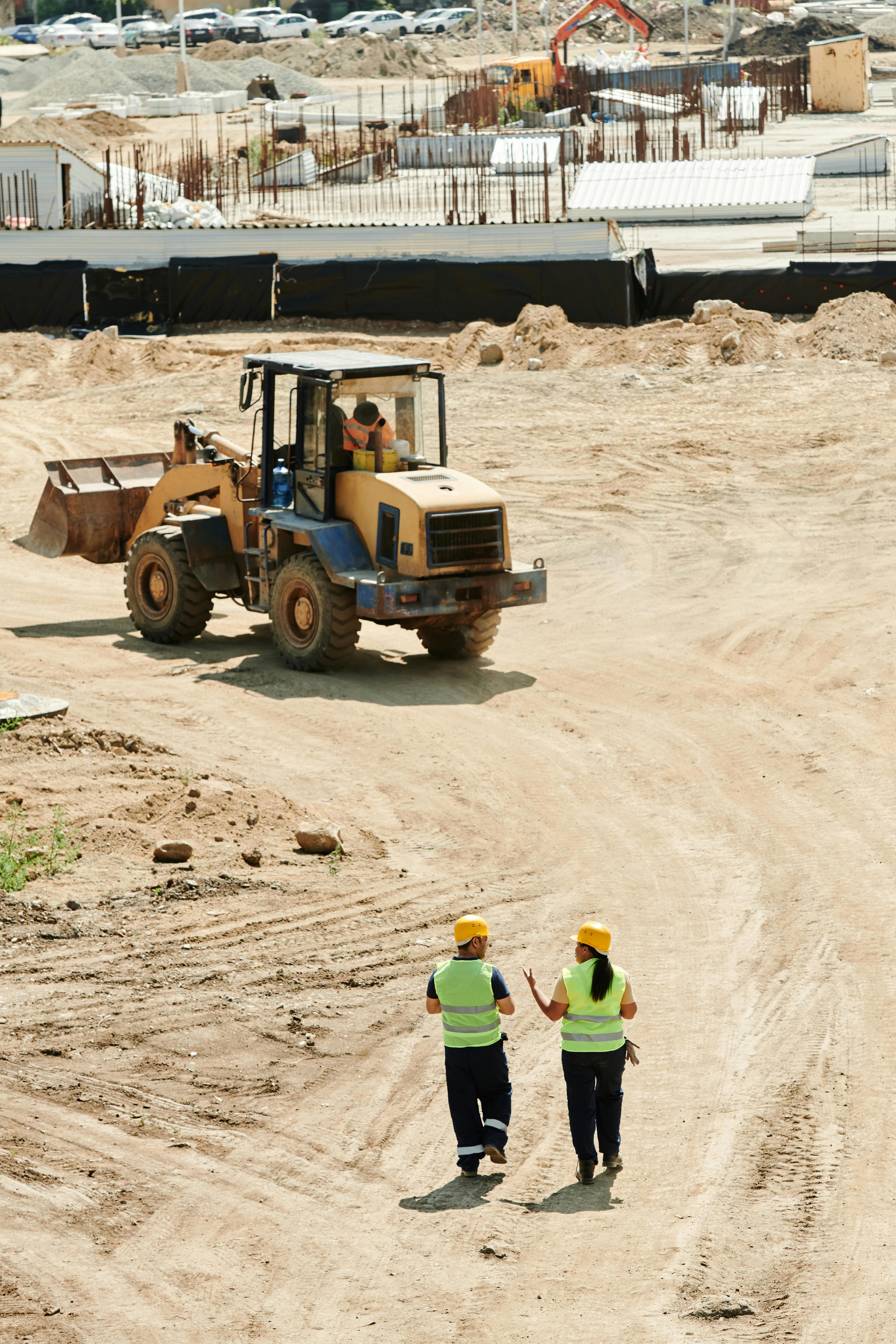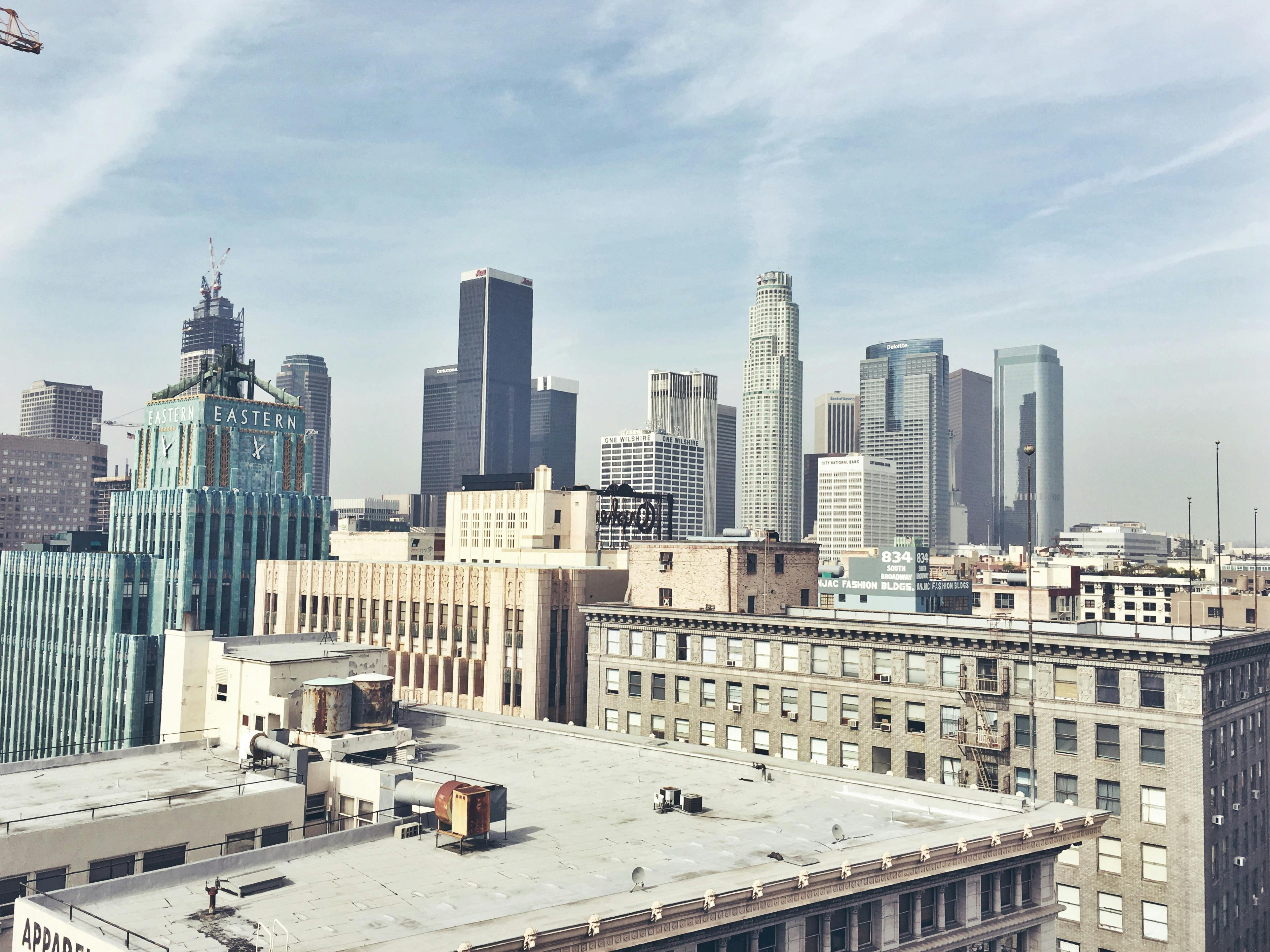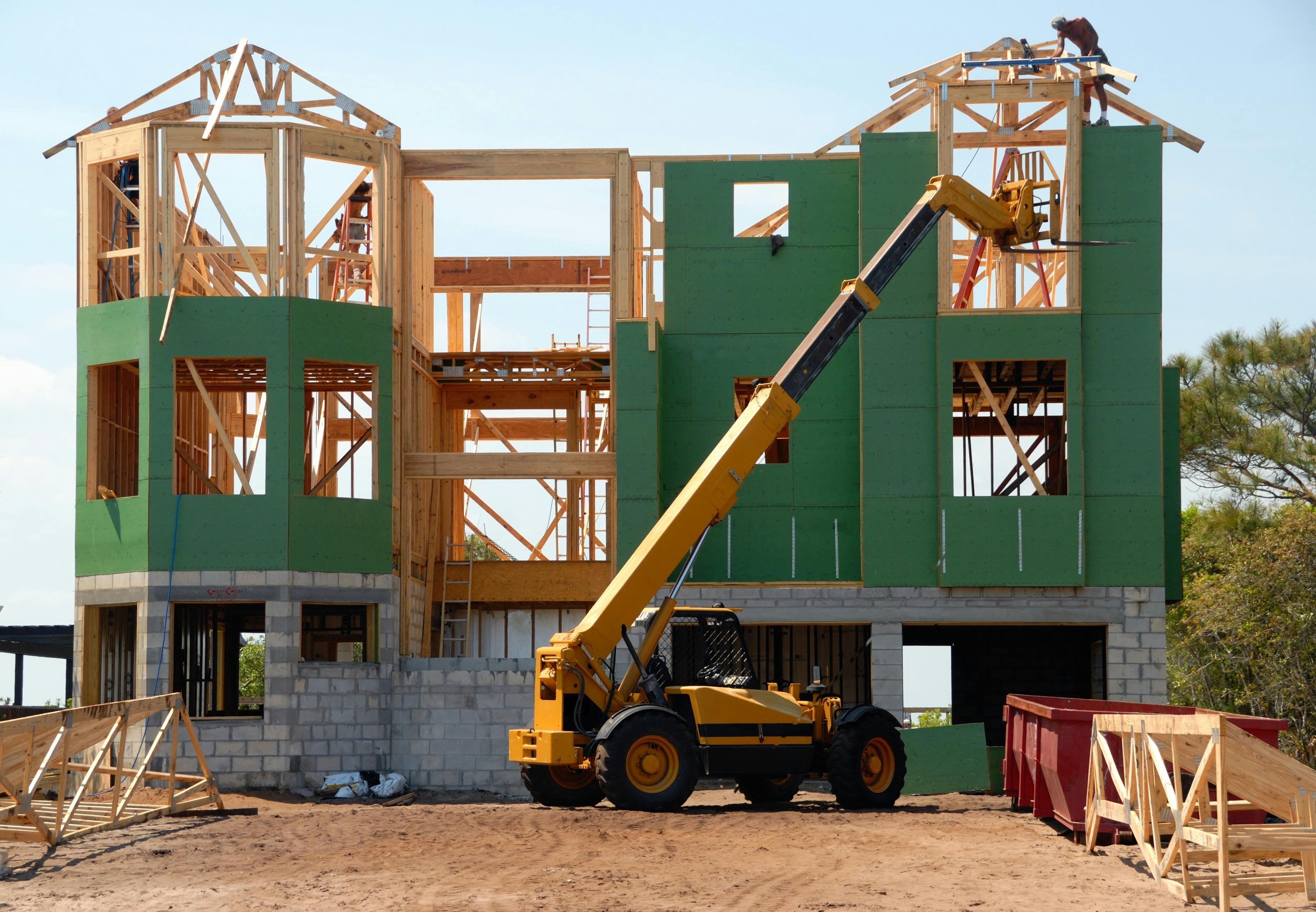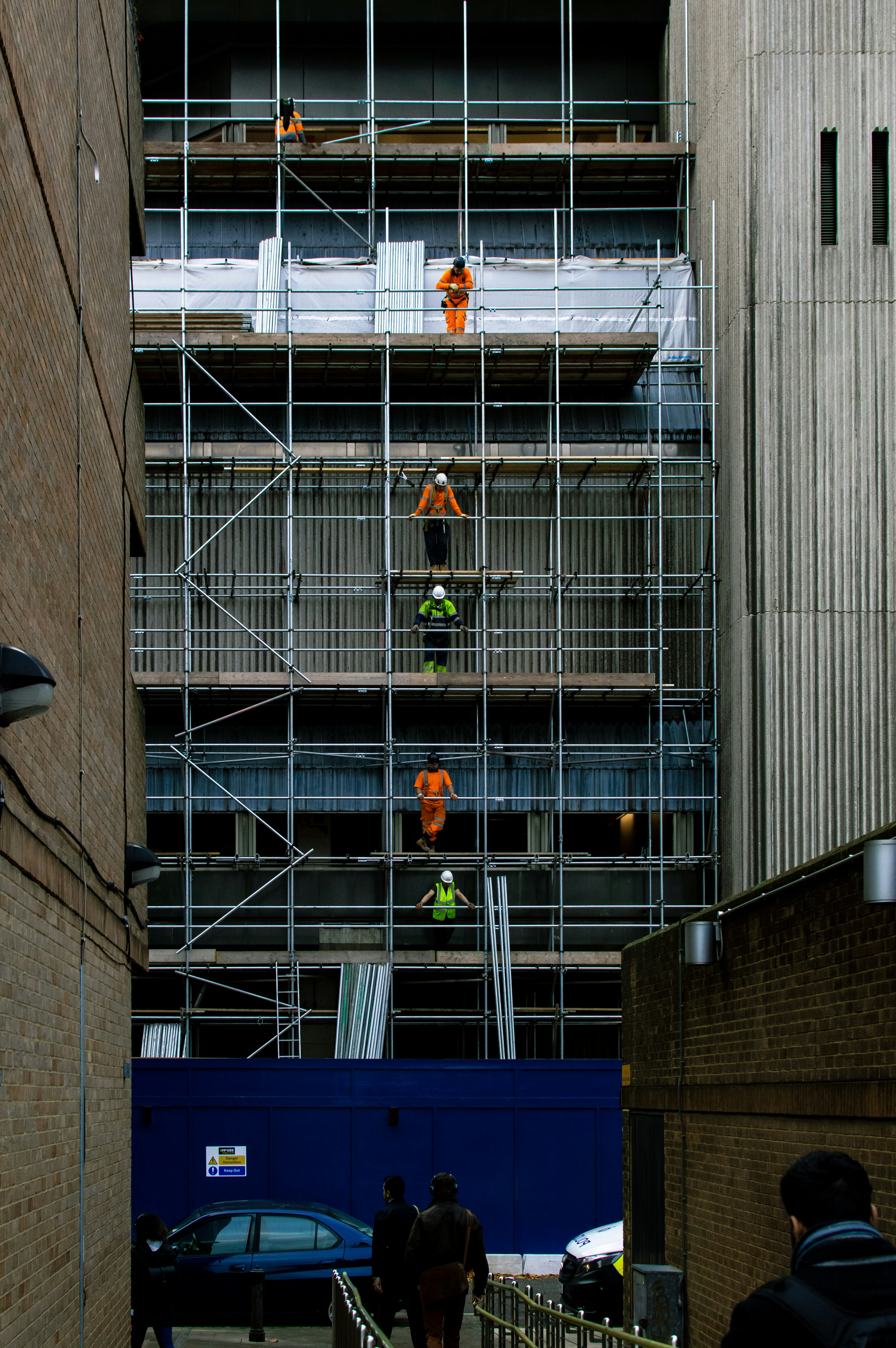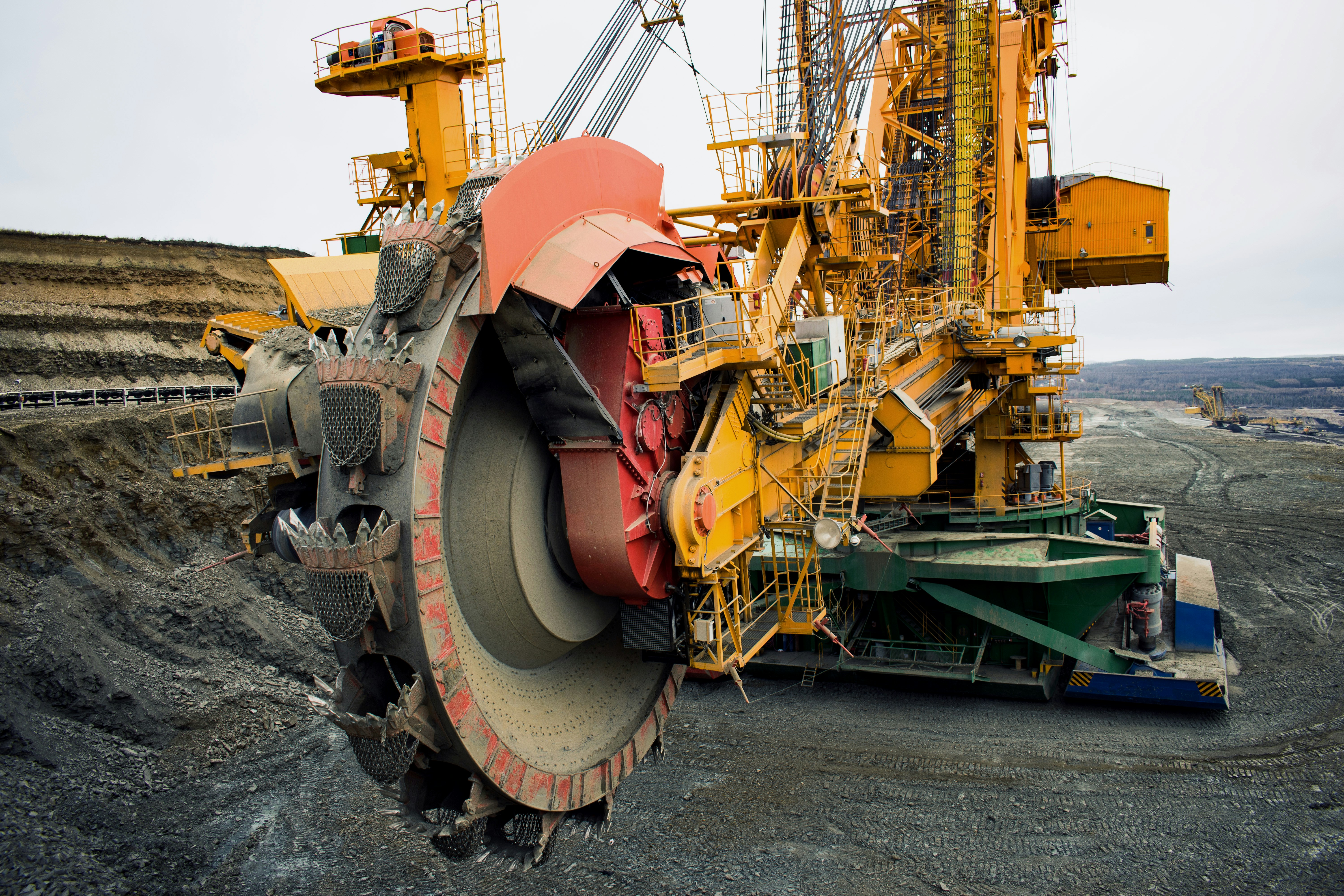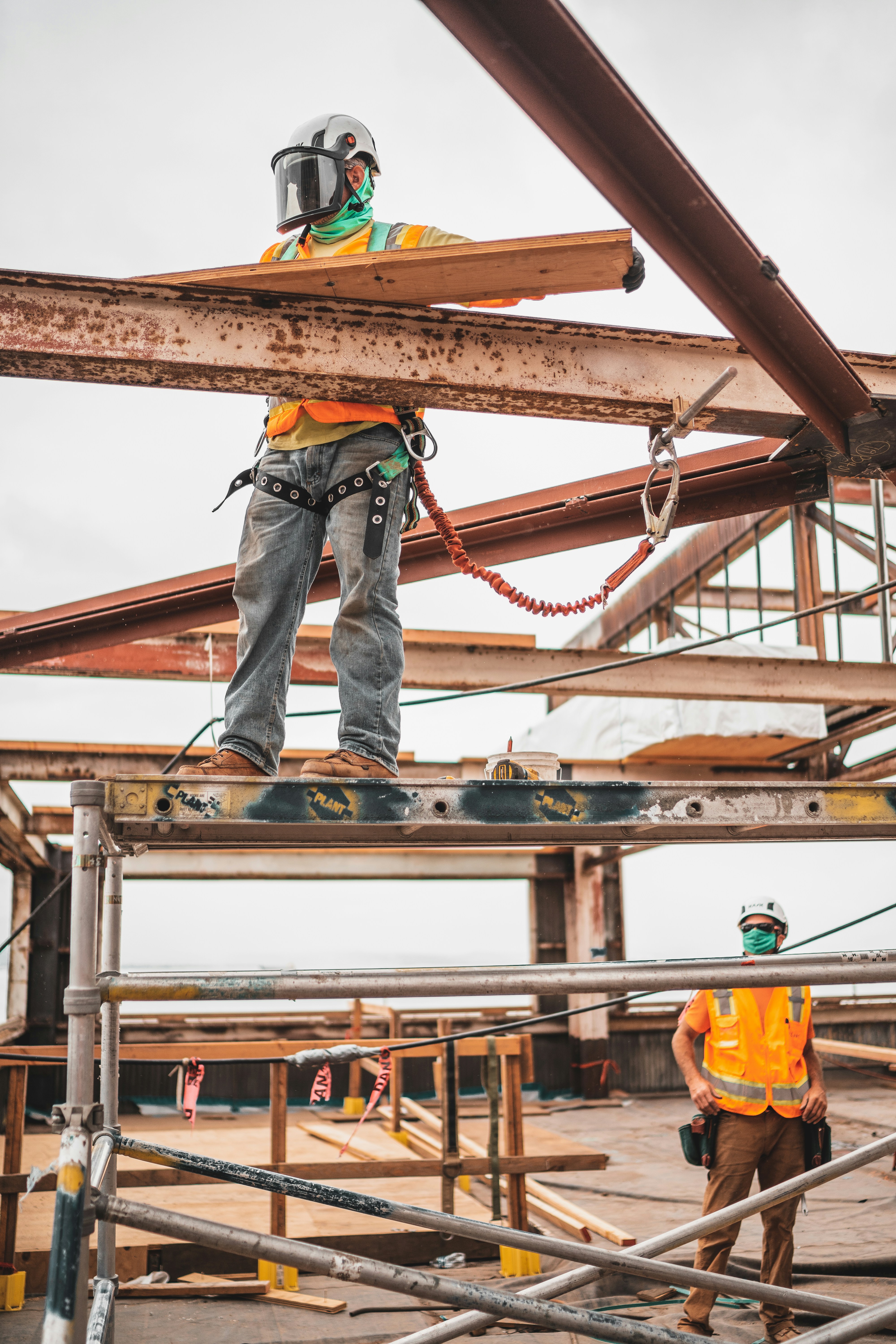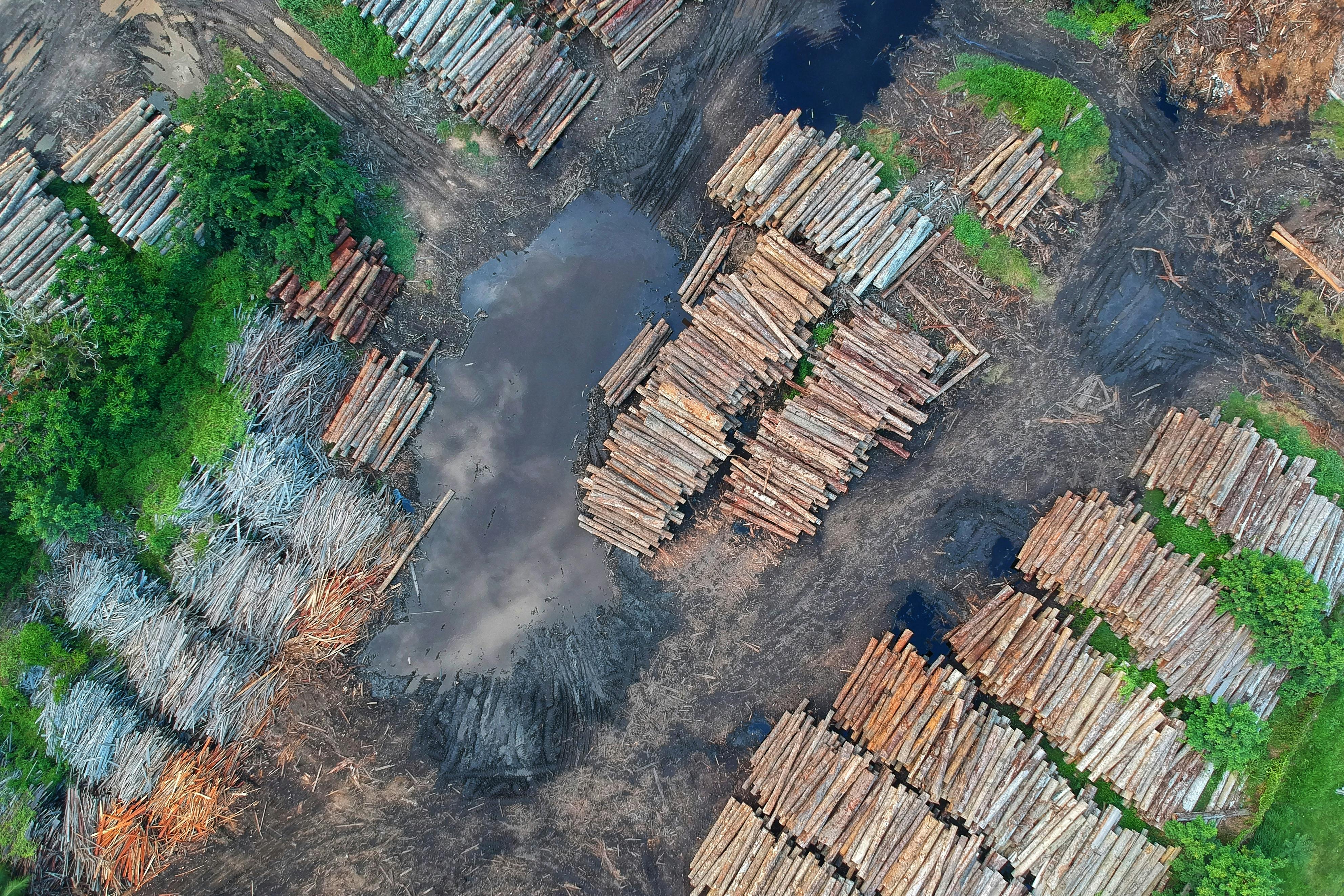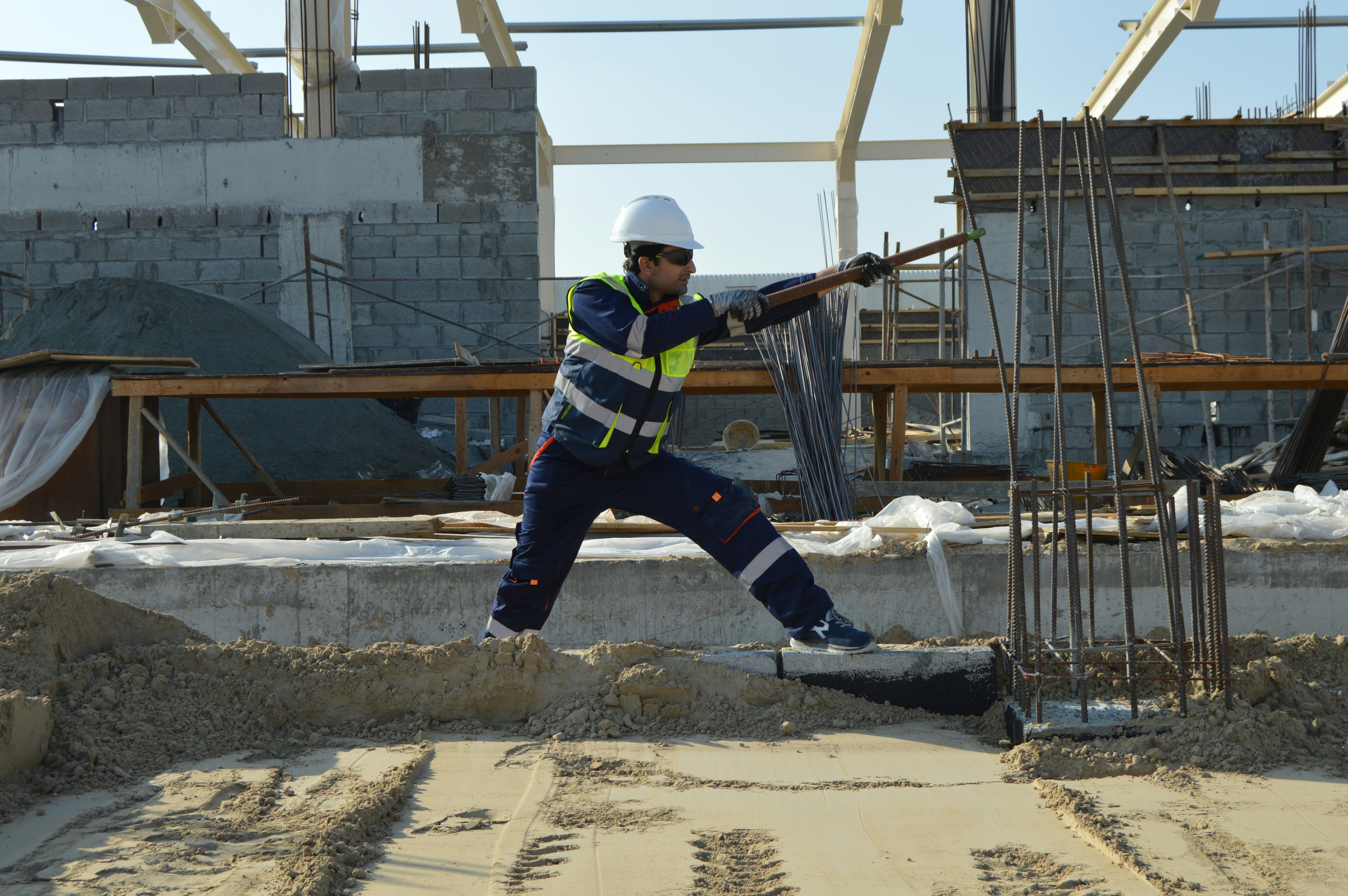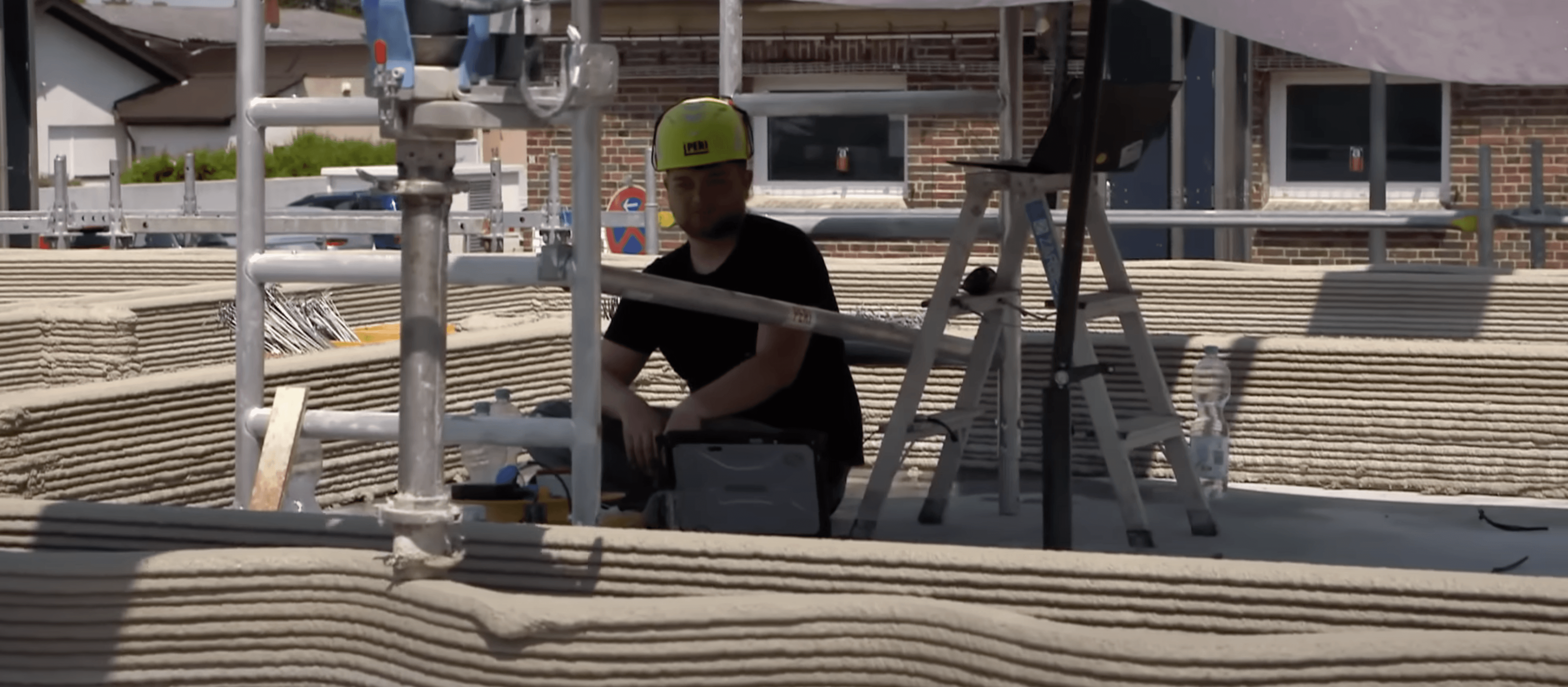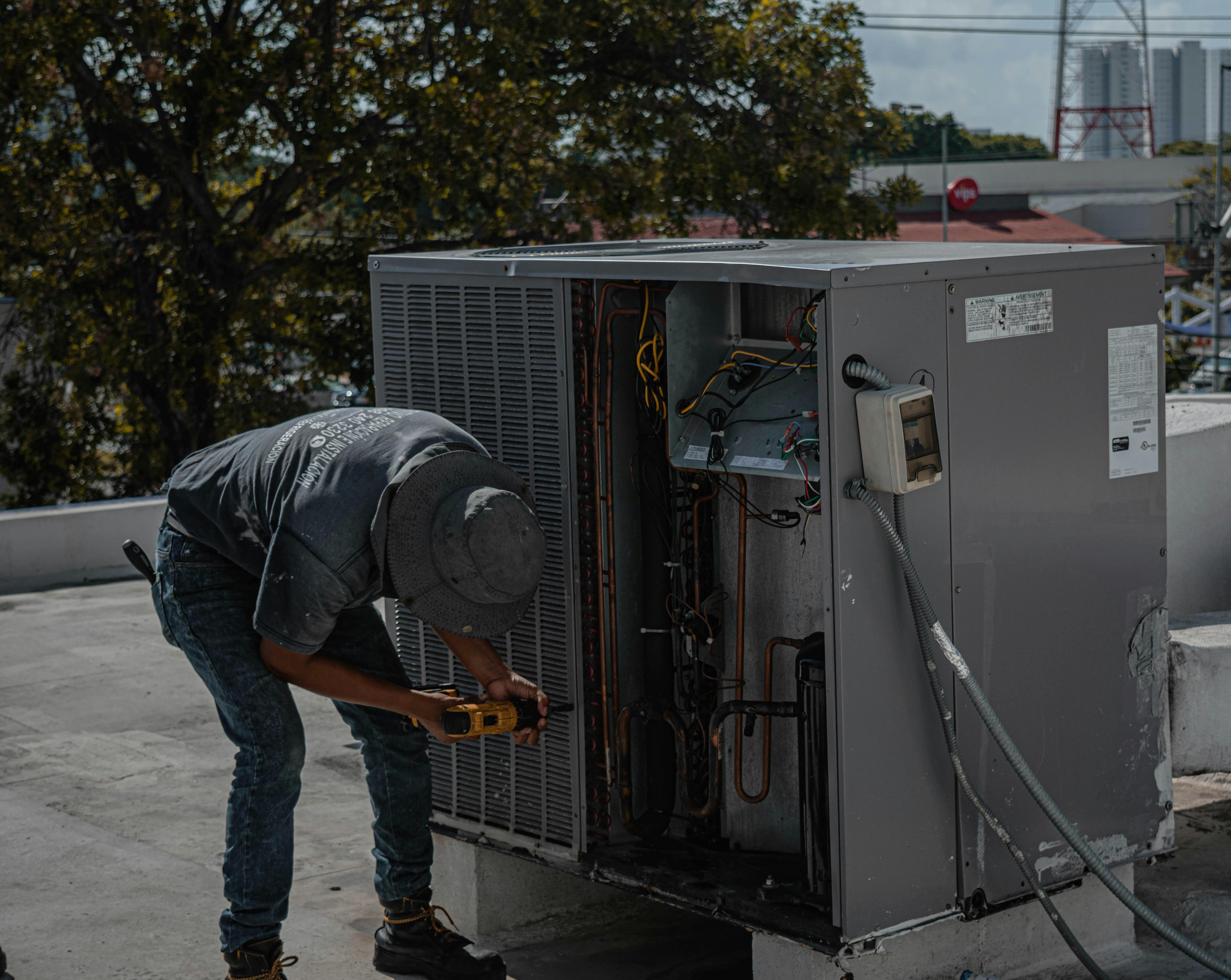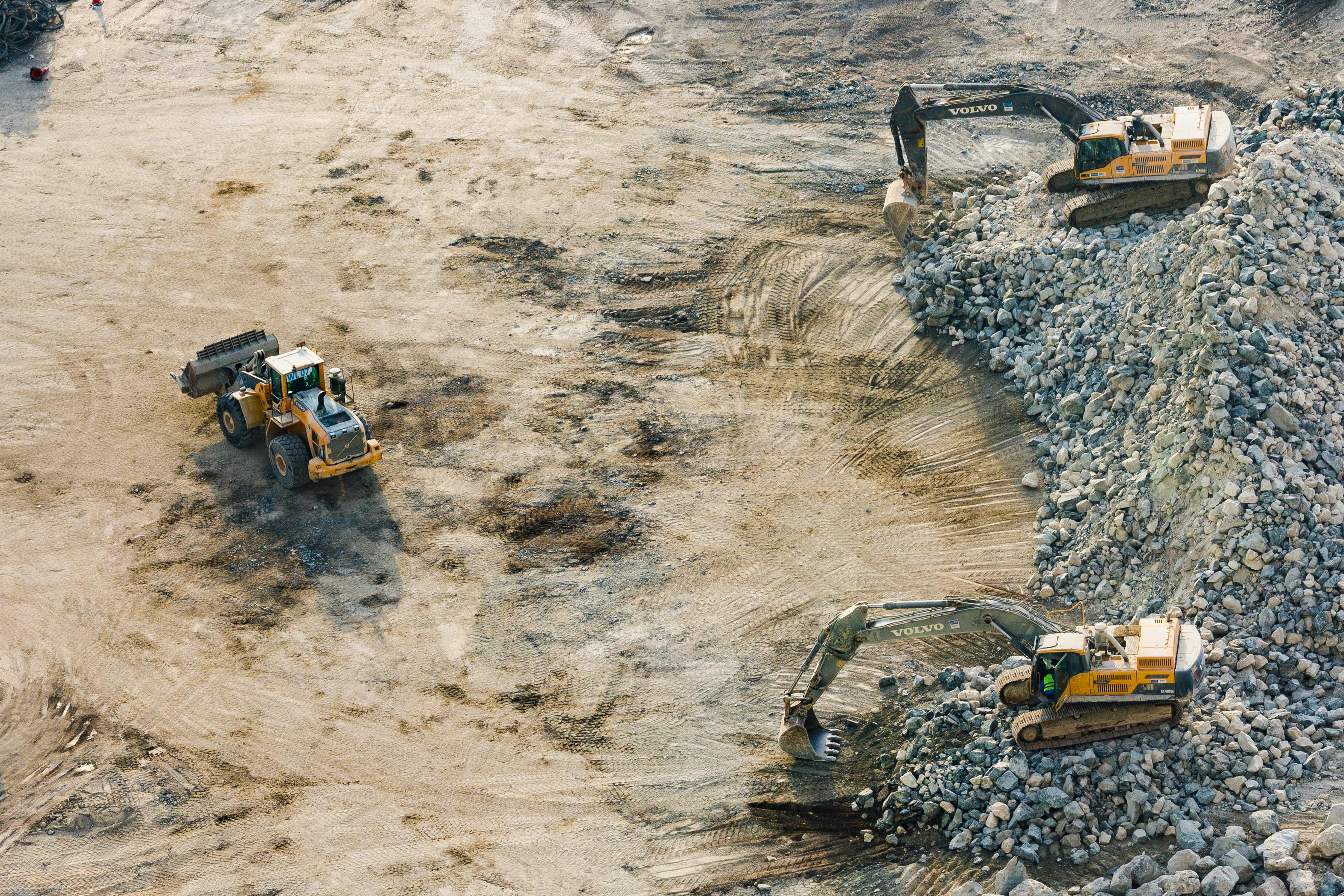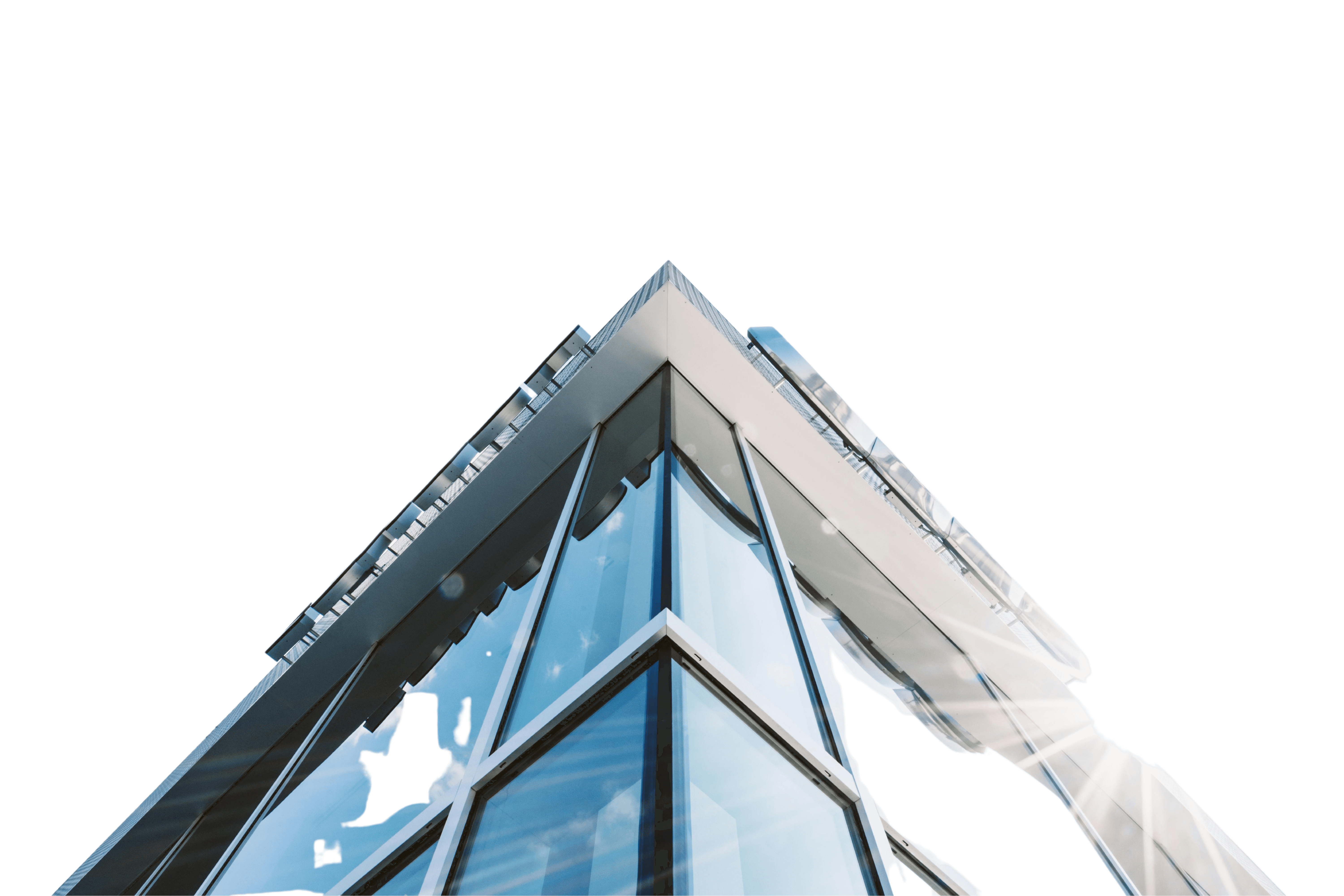
A growing number of U.S. CFOs—60% according to a March 2025 CNBC survey—now predict a recession before the end of the year, citing “chaotic” economic policies, trade uncertainty, and escalating tariffs as primary drivers. For construction, this means bracing for tighter budgets, project delays, and increased scrutiny from lenders and owners.
Economic Headwinds and Industry Data
Tariffs and Inflation: Ninety percent of CFOs assert that tariffs will lead to “resurgent inflation,” with construction input prices up 40.5% since February 2020 and 1.4% in January alone—the largest jump in two years. “Higher construction costs and lower demand will mean fewer projects,” warns Ken Simonson, chief economist at AGC.
Labor Shortages: The industry must attract 439,000 new workers in 2025 to meet demand, or risk accelerating labor cost escalation and reducing the volume of financially feasible work. “If it fails to do so, industrywide labor cost escalation will accelerate, exacerbating already high construction costs,” says ABC’s Anirban Basu.
Slowing Growth: Moody’s Analytics projects GDP growth at 1.9% for 2025, down from 2.2% previously, with construction spending expected to rise by 4.1%—a slower pace than in recent years.
Strategies for Resilience
Enhanced Financial Oversight: More frequent budget reviews and cash flow analysis are essential to identify issues early and adapt to changing conditions.
Phased Project Approaches: Breaking projects into manageable phases allows for flexibility as economic conditions shift, helping to maintain momentum even if funding or demand fluctuates.
Contract Protections: Strong escalation and force majeure clauses are critical to manage risk from sudden cost spikes or project delays.
Diversified Supply Chains: Sourcing from multiple vendors and regions reduces vulnerability to disruptions and price swings.
Technology and Workforce Transformation: AI, BIM, modular robotics, and digital tools are helping firms offset labor shortages and improve efficiency, while also attracting a new generation of tech-savvy workers.
Expert and Industry Perspectives
CFO Sentiment: “The uncertainty of US economic policy under President Trump was the main reason for the pessimistic outlook,” reports CNBC, with trade policy and tariffs now cited as the leading external business risk by 30% of CFOs.
Industry Outlook: “The construction industry in 2025 faces a perfect storm of challenges: labor shortages, supply chain disruptions, inflation, and economic uncertainty,” notes Brady Ware’s industry outlook.
Owner Caution: “A 90-day pause on tariffs is probably not enough to restore owners' confidence that they can go ahead with projects or help contractors that order materials with a long lead time,” says Ken Simonson.
The Paragon Approach
Founded during the 2008 recession, Paragon specializes in helping clients achieve predictable outcomes in turbulent times. Our advice:
Plan for multiple scenarios and maintain financial agility.
Communicate openly with all stakeholders to align on risk and opportunity.
Prioritize flexibility, risk management, and technology adoption.
As the industry faces economic headwinds, those who adapt, innovate, and lead will be best positioned to thrive—even in a downturn. At Paragon, we help clients turn uncertainty into opportunity by building smarter, stronger, and with a vision for the future.




